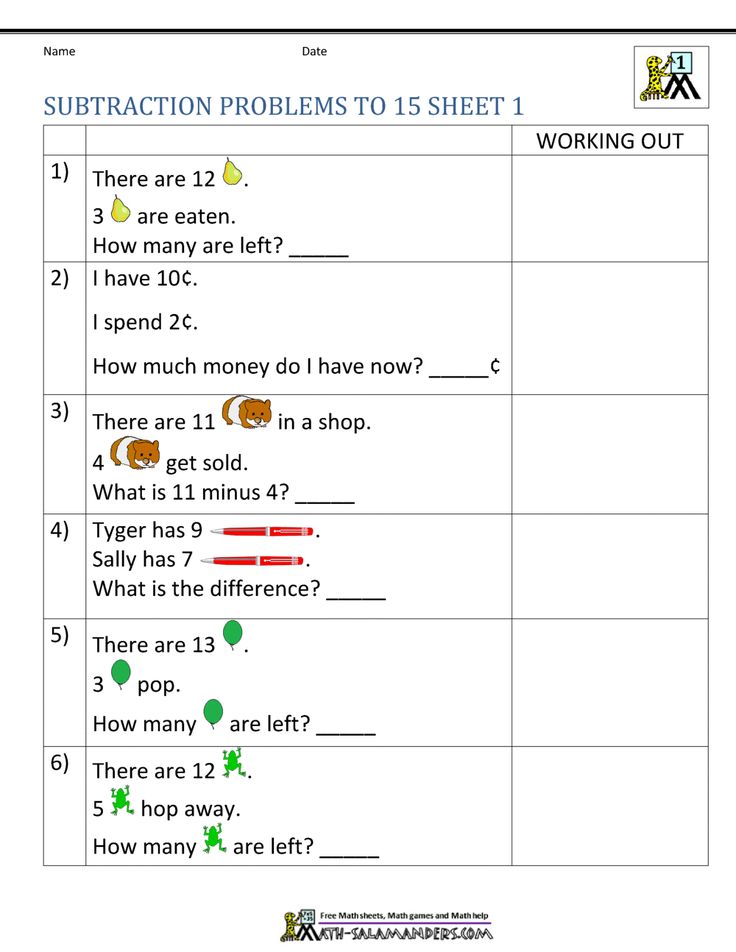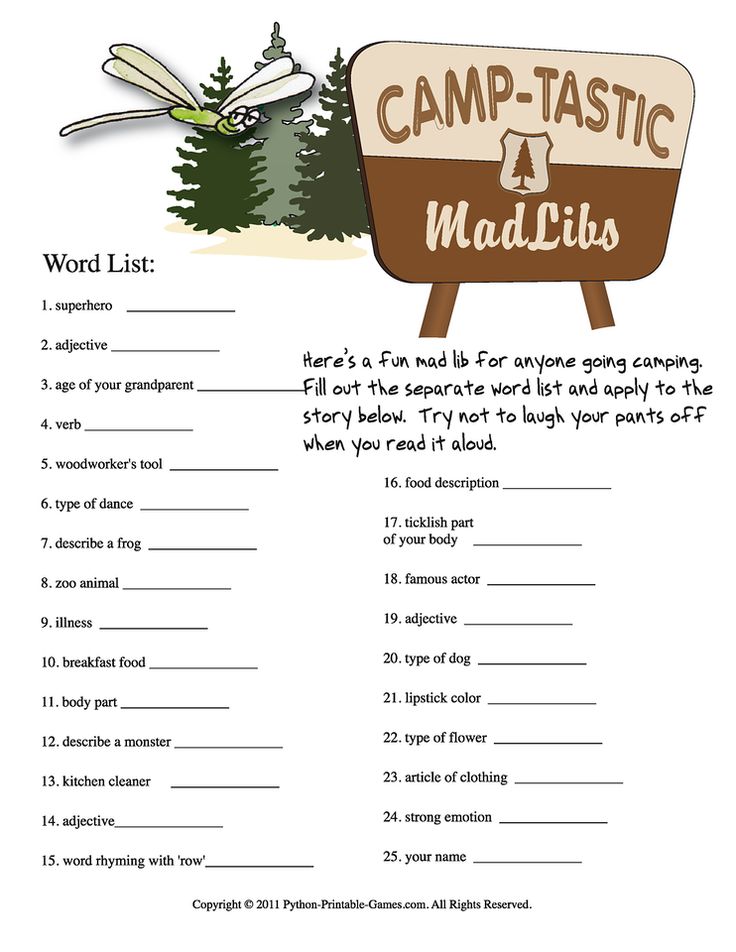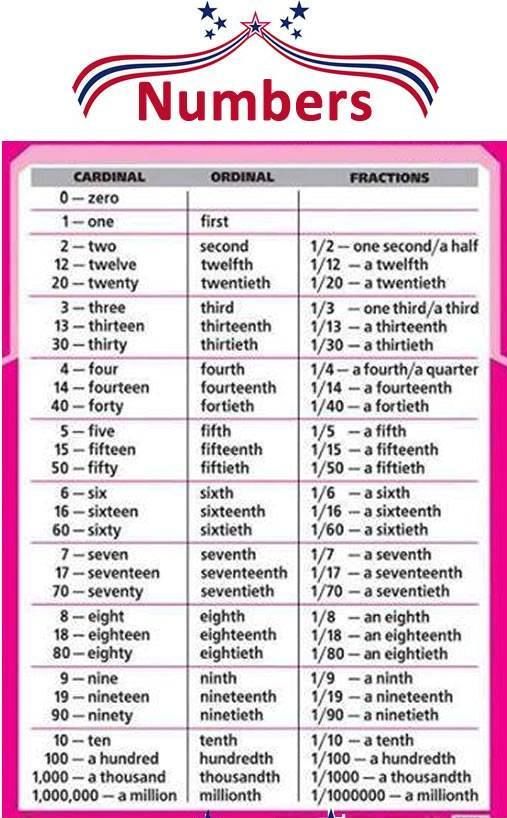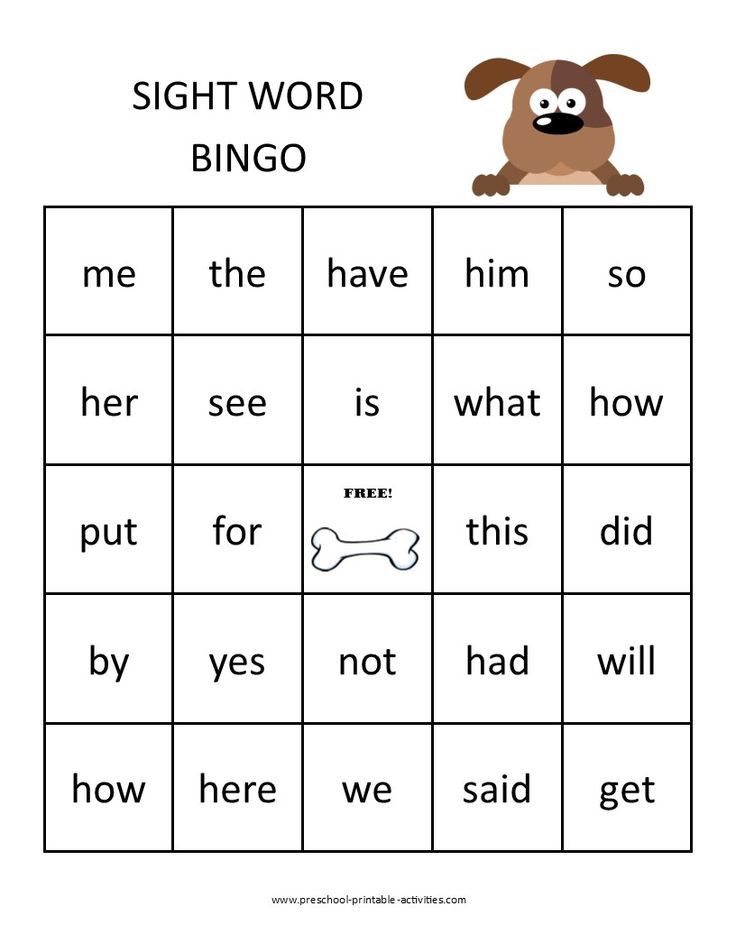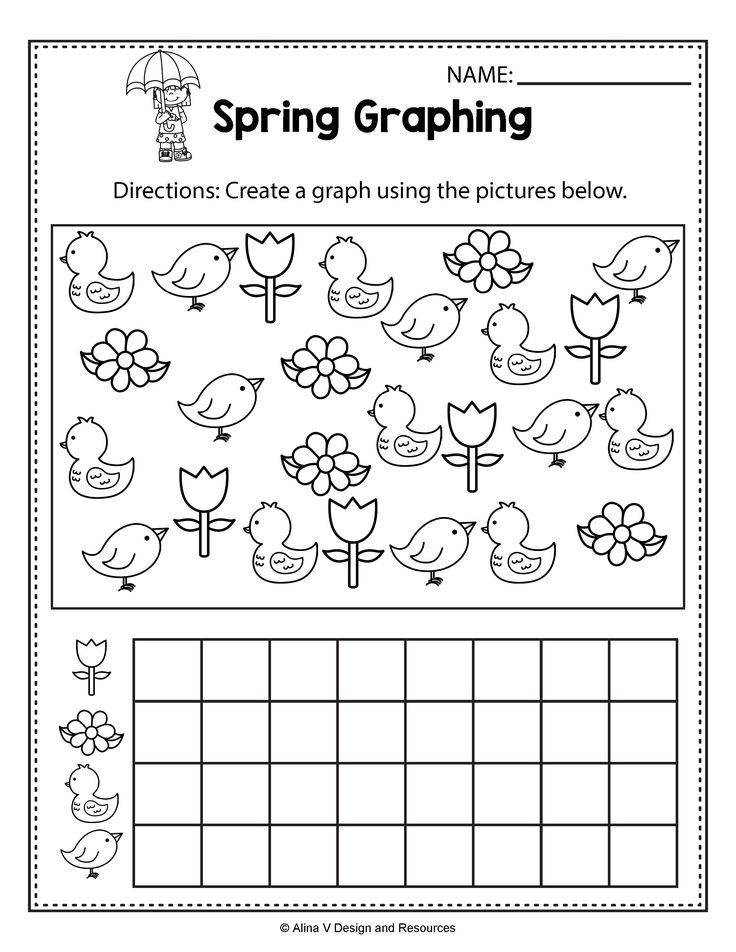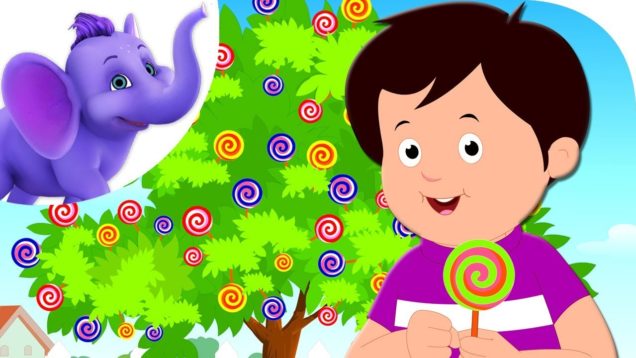Reading comprehension strategies first grade
First Grade Reading Comprehension Activities
First grade is an exciting time of discovery for early readers. They’re spending less time decoding and word solving and more time comprehending and making sense of the texts they’re reading. Early readers are building reading identities and reading for meaning and joy. Explicitly teaching reading comprehension strategies like making predictions, asking questions, retelling, and inferring helps young readers build the skills they need. These first grade reading comprehension activities are a good place to start.
1. String up a retelling rope
Learning how to retell a story helps young learners as readers and thinkers. It helps them organize their thoughts as they read and recognize when their thinking changes. Using these symbols representing different elements of a story, students can string up a cute retelling rope while gaining valuable comprehension skills.
Learn more: First Grade W.O.W.
2. Visualize the story with illustrations
Visualizing is an important skill for understanding what you’re reading. This blog includes two fun visualizing activities. In the first, students are given a title and are asked to draw an illustration that matches that title. In the second, students are given clues about an object and are asked to draw the object the clues are hinting at.
Learn more: You Clever Monkey
3. Make predictions with a graphic organizer
Making predictions is a just-right reading strategy for emerging readers. During a read-aloud, find a few good stopping points to ask students what they think will happen next.
Learn more: Brown Bag Teacher
4. Make a “beginning, middle, and end” flip chart
One tried-and-true way to teach summarizing to early readers is instructing them to identify the beginning, middle, and end of a story. This easy-to-make flip chart is just an 8 x 11 piece of plain paper folded vertically then divided into thirds. On the front half, students will draw a picture of what happens in the three sections of the story.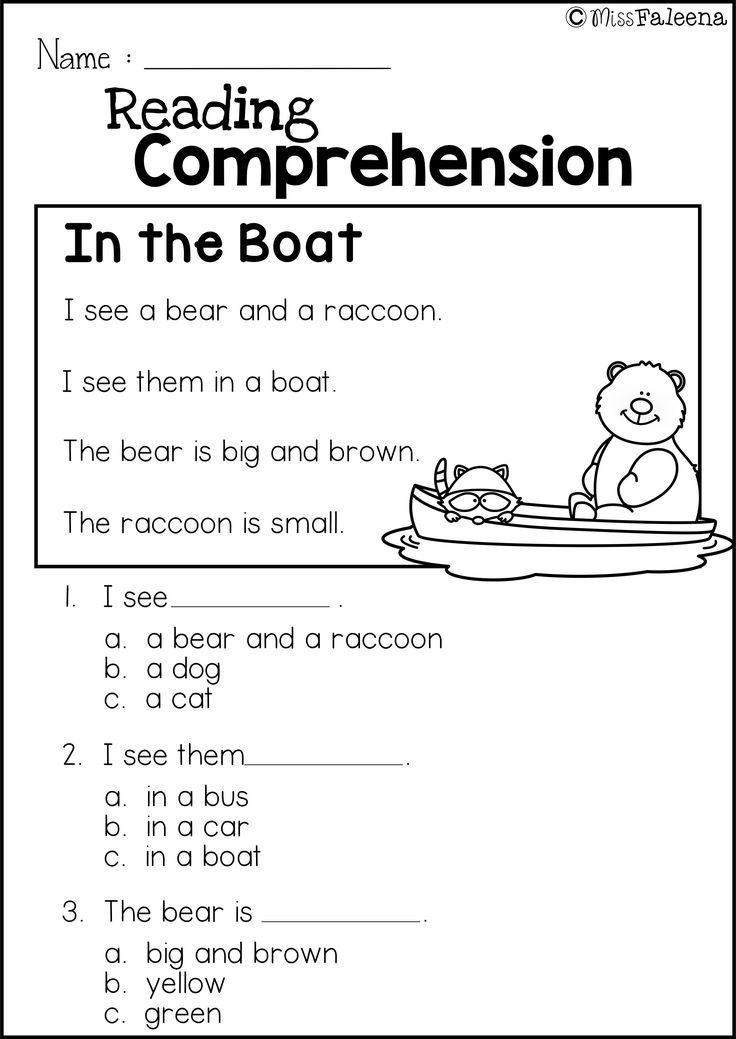 Underneath each flap is a short written description.
Underneath each flap is a short written description.
Learn more: Bishop’s Blackboard
5. Ask questions with story sticks
Good readers ask questions before, during, and after they read. These cute story sticks make a game of first grade reading comprehension. Perfect to use with small reading groups or with partners.
Learn more: The Happy Teacher
6. Master the five-finger retell
One strategy you can teach students is the five finger retell. Each finger stands for a different part of the story. Assigning a different finger for each part gives students a kinesthetic connection and makes it easier for them to remember.
Learn more: Mrs. Wheeler’s First Grade Tidbits
7. Summarize using simple signal words
Sometimes with early readers, simpler is better. Start with these basic questions—who?, what?, when?, where?, how?, and why?—to help kids go deeper into their understanding.
Learn more: This Reading Mama
8.
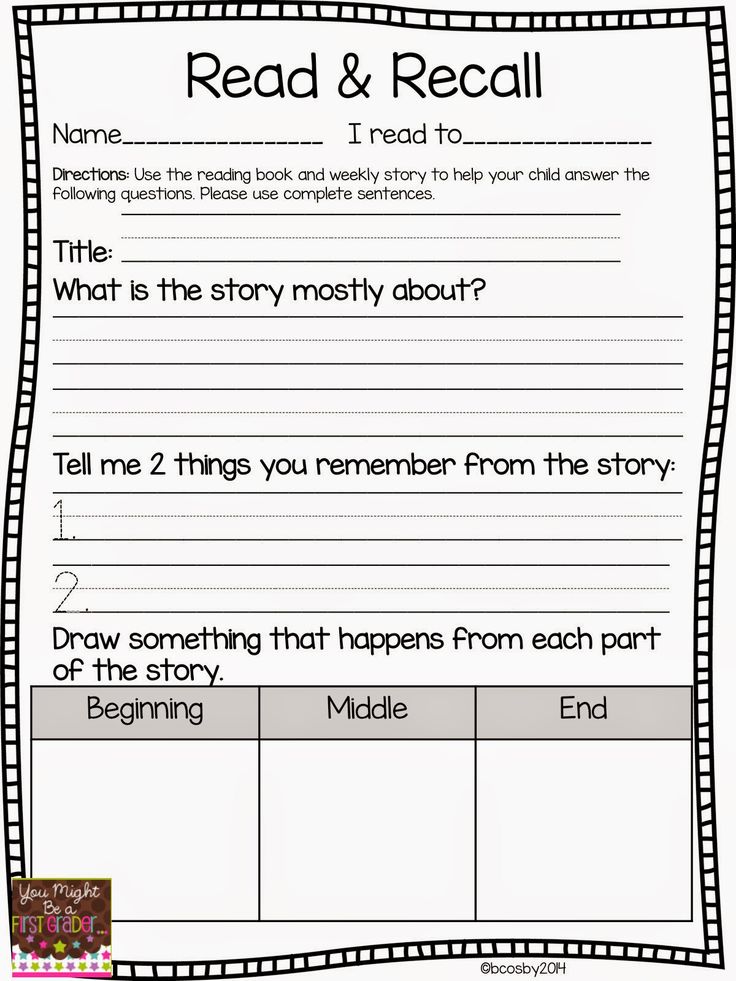 Practice with story maps
Practice with story mapsThere are tons of fun tools to help students build reading comprehension, and story maps are one of them. Here are 15 free downloadable story maps to help your first graders practice going beyond just the words when they read.
Learn more: Education.com
9. Figure out problem and solution with a graphic organizer
Every fiction story has, among other elements, a problem and solution. This lesson helps students understand that a story’s problem and solution fit together like pieces of a puzzle.
Learn more: My Primary Paradise
10. Retell the story using LEGO bricks
Put two things that first graders love together: reading and building. Read a story together, then allow students to use blocks to build a scene from the story. As they build, they can describe details from the story.
Learn more: The Educators’ Spin On It
11. Retell using story cubes
Retelling is a helpful comprehension skill for readers.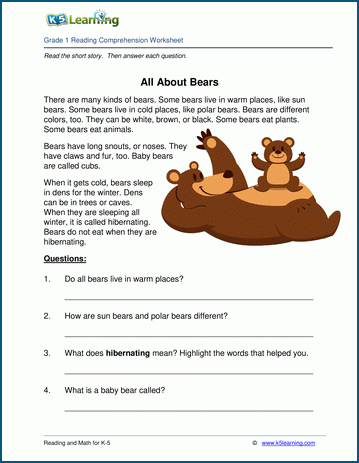 These six cubes encourage readers to retell the story in different ways. They are prefect for reading partners and to use with small groups.
These six cubes encourage readers to retell the story in different ways. They are prefect for reading partners and to use with small groups.
Learn more: Every educaid
12. Play the Oh Snap! word game
Sight words (aka high-frequency words) are words readers encounter most frequently in texts. Early readers benefit from knowing a large bank of sight words, which encourages fluent reading. This fun sight word game is a great way to improve reading skills and build reading fluency.
Learn more: School Time Snippets
13. Use scooping phrases
The goal of reading fluency is better comprehension. To read with fluency or expression, readers must comprehend the story events. Teach early readers to use “Scooping Phrases” to scoop up words to form phrases within sentences. This effective strategy also works well with struggling readers.
Learn more: This Reading Mama
14. Introduce wordless picture books
As readers encounter more-difficult texts, character traits become less explicit.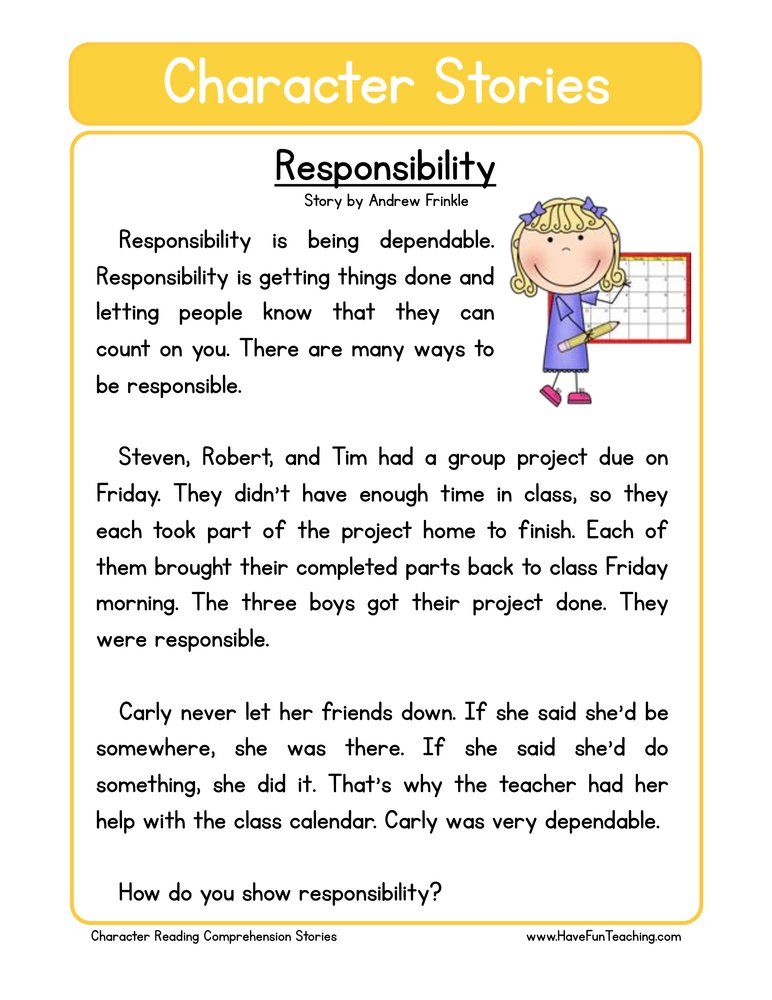 To determine what the character is like, the reader has to do more inferential work. Using wordless picture books is a great way to introduce early readers to making inferences.
To determine what the character is like, the reader has to do more inferential work. Using wordless picture books is a great way to introduce early readers to making inferences.
Learn more: Ashleigh’s Education Journey
15. Inference using thought bubbles
Foundational inference activities give first graders an opportunity to practice their inferring skills. As they move into texts, first graders can infer what a character is thinking in the story and then add a thought bubble to explain it.
Learn more: The Teacher Next Door
If you like these first grade reading comprehension activities, check out our fun, printable first grade writing prompts.
Plus, get all the latest teaching tips and tricks by signing up for our newsletters!
Comprehension: Activities for Your First Grader
Overview
First graders are quickly developing impressive skills as active readers! Here are some of the things your first grader can do:
- Independently read and retell familiar stories.
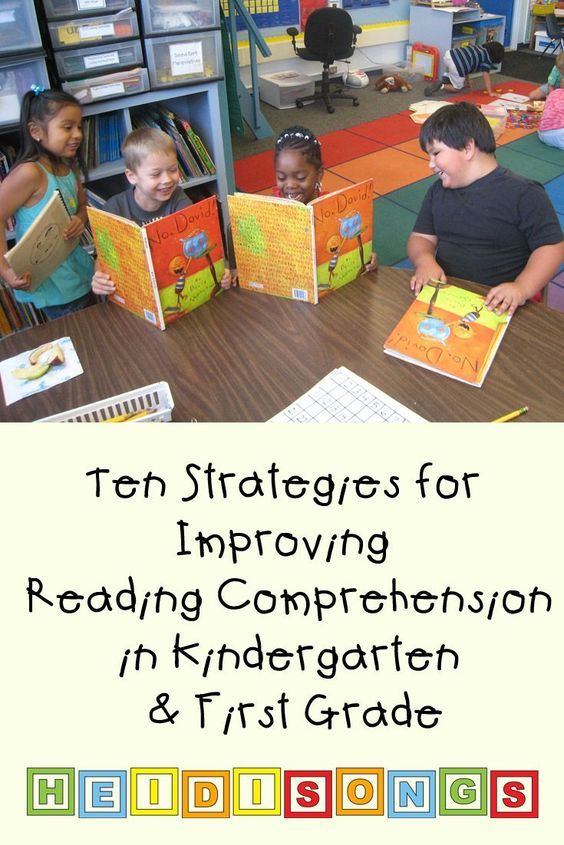
- Notice when a text doesn't make sense, and begins to use strategies such as rereading, predicting, and questioning to understand it.
- Read and understand fiction and nonfiction and know the difference between made-up stories and facts.
- Predict what will happen next in stories.
- Think about and share prior knowledge before reading a nonfiction book.
- Discusses how, why, and what-if questions in sharing nonfiction texts.
- Answer simple written comprehension questions.
Here are some basic things you can do to boost your child's comprehension skills:
Try to read at home together every day
Just 15 minutes each day makes a big difference! Although your first grader may be reading independently, reading aloud allows you to introduce your child to more sophisticated vocabulary and stories, including chapter books. It's also one of the best ways to help children learn about the world and make connections between their own lives and what's in the book — and that helps children see the world with empathy.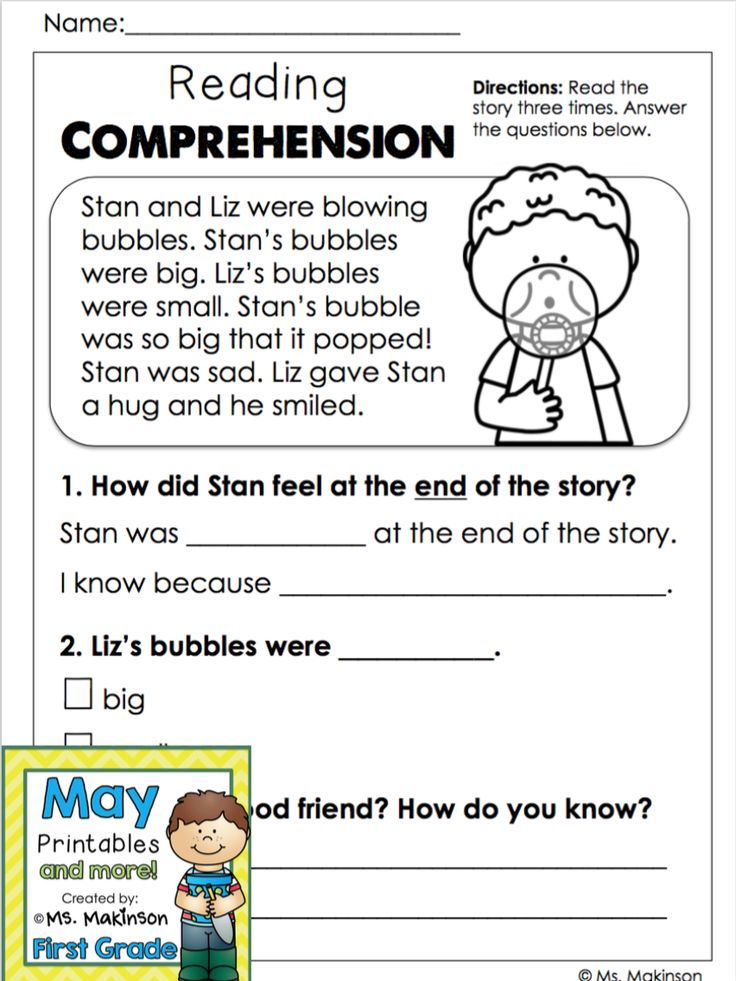 And last but not least, it's a wonderful time to snuggle up with your child and share the experience of reading and discovery together.
And last but not least, it's a wonderful time to snuggle up with your child and share the experience of reading and discovery together.
Keep it fun
Remember that reading together should spark curiosity, joy, and a desire to explore and learn. Conversations about books should be enjoyable, and not a set of quizzes and questions. As you try some of the activities listed below, remember to keep it light and lively for your child.
Storytelling and audiobooks count, too
Sharing family stories out loud and listening to audiobooks are wonderful ways to expose your child to language, how stories are built, and knowledge about the world.
Bring in the nonfiction
There are so many great nonfiction and informational books for very young kids (such as the popular DK Eyewitness series and National Geographic series). Try to include some of these during your next trip to the public library. Children love learning about the real world and are proud to share what they know!
Explore your world together
Even a walk around the neighborhood or a trip to the grocery store can be a rich learning experience for young children.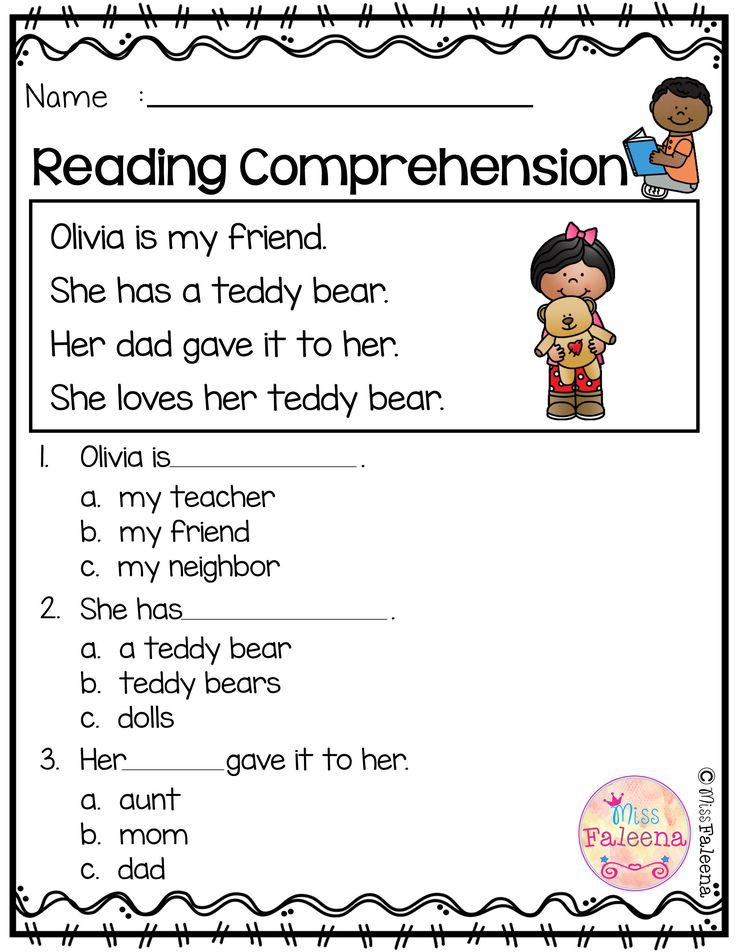 On a walk, your child may watch what's going on at a construction site, and then be able to connect it to stories about building and the big machines that make it happen — bulldozers, cranes, cement mixers, and more. These personal connections help children connect what they read with what they know — a powerful way to build comprehension skills!
On a walk, your child may watch what's going on at a construction site, and then be able to connect it to stories about building and the big machines that make it happen — bulldozers, cranes, cement mixers, and more. These personal connections help children connect what they read with what they know — a powerful way to build comprehension skills!
Signs of good reading comprehension in first graders
Try these comprehension activities at home
"I predict ..."
When you sit down for a read aloud, look at the book's cover together. Ask, "What do you think this book might be about? Why? Can you make some predictions?" Guide your child through the pages, discuss the pictures, and brainstorm what might happen in the story. Talk about any personal experiences your child may have that relate to the story.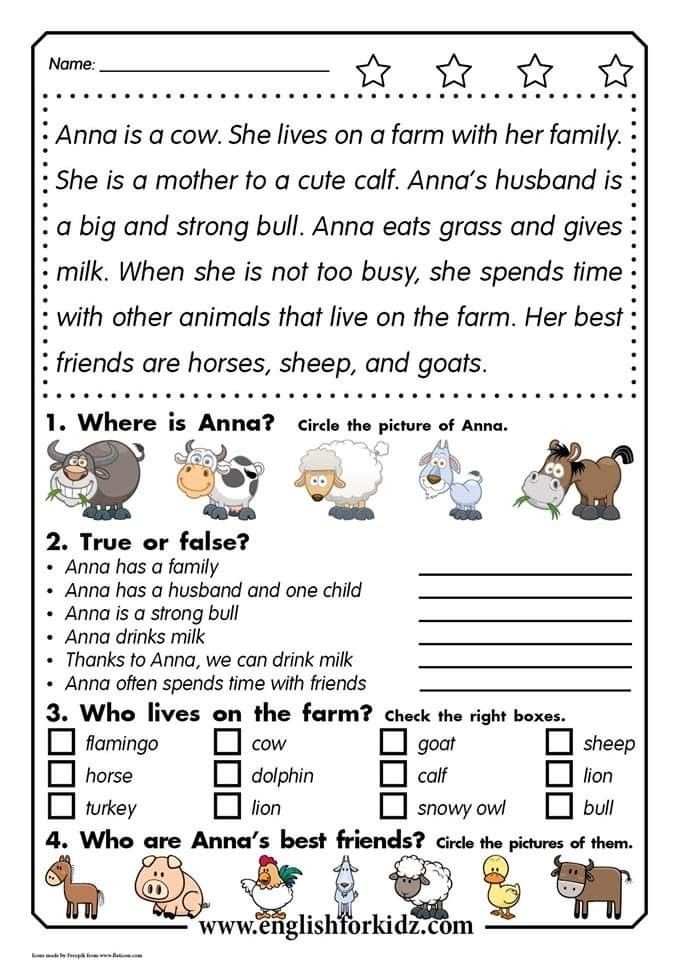
Five-finger retell
After reading a story together, have your child tell you five things about the story, using her fingers to talk about each one:
- Characters: who was in the story?
- Setting: where did the story take place?
- Events: what happened in the story?
- End: how did the story end?
- Favorite character or part of the story
Active reading
Model active reading when you read with your child. Talk about what's happening as you're reading. Stop and discuss any interesting or tricky vocabulary words. Help your child make pictures of the story in his mind. Ask your child, "What just happened here? How do you think that character feels? Have you ever felt like that? What do you think will happen next?" Not only will this develop your child’s comprehension, but critical thinking skills as well.
Mind movies
When you come to a descriptive passage in a book, have your child close her eyes and create a mental movie of the scene. Encourage her to use all five senses. Read the passage over together, looking for details that bring the scene to life. Ask questions like, “How do you know it was a hot day? Which words help you understand that the child was lonely?”
Encourage her to use all five senses. Read the passage over together, looking for details that bring the scene to life. Ask questions like, “How do you know it was a hot day? Which words help you understand that the child was lonely?”
Tell me about it
After a read aloud, one of the best and easiest ways to check for understanding is to ask your child to summarize what the book was about in their own words. You can ask a question or two to help your child clarify her thinking or to add more detail.
Can your child tell you what happened in the story?
This video is from Home Reading Helper, a resource for parents to elevate children’s reading at home provided by Read Charlotte. Find more video, parent activities, printables, and other resources at Home Reading Helper.
Think alouds
Connect the book to your child's own life experience. For example, A River Dream: "This book reminds me of the time my father took me fishing. Do you remember the time we went fishing?"
For example, A River Dream: "This book reminds me of the time my father took me fishing. Do you remember the time we went fishing?"
Connect the book to other books they have read. For example, Mufaro's Beautiful Daughters: "This story reminds me of Cinderella. Both stories are about sisters. Do you know any other stories about nice and mean sisters? Let's keep reading to find out other ways the stories are similar."
Connect the book to big ideas/lessons. For example, Stellaluna: "This story helps me understand that we are all the same in many ways, but it's our differences that make us special."
Wordless
Wordless picture books provide your child with practice using clues to create meaning. There are no wrong stories with wordless picture books, only variations based on what the "reader" sees and puts together. Rosie's Walk, Good Dog, Carl, and Beaver Is Lost are all interesting and fun wordless picture books to explore.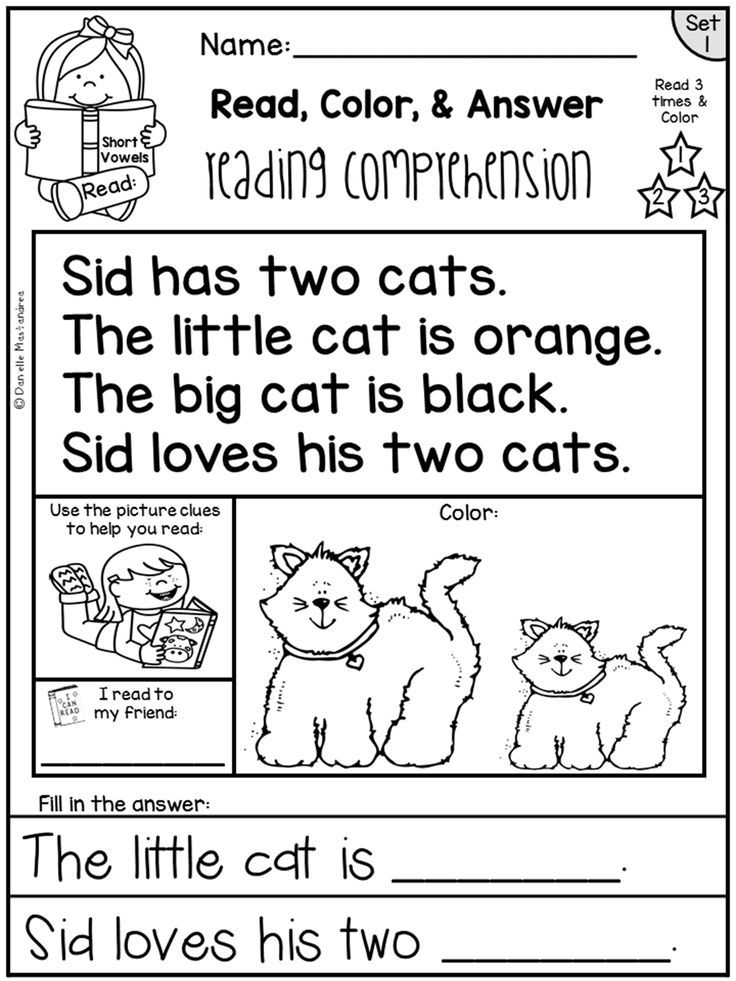 Find more wordless books on BookFinder.
Find more wordless books on BookFinder.
Map this book!
Draw a map of the book's setting, and be sure to include the places where the main action happens!
Beginning-middle-end
This is a great way to see if your child understands the main parts of a story. After reading a book together, give your child three sheets of paper, with "beginning" on one sheet, "middle" on the second sheet, and "end" on the third sheet. Ask your child to think about the three parts of the story, and then draw what happened on each on the sheets. Arrange the sheets in order, left to right. What happens if you re-arrange the sheets? Does the story still make sense?
Words, words, words
Be sure to include books with rich vocabulary in your read alouds and call attention to interesting words and phrases from the story. This may include repeated phrases or idioms (such as "get cold feet" or "I'm all ears"). Offer a kid-friendly definition and connect the new word or phrase to something your child already knows.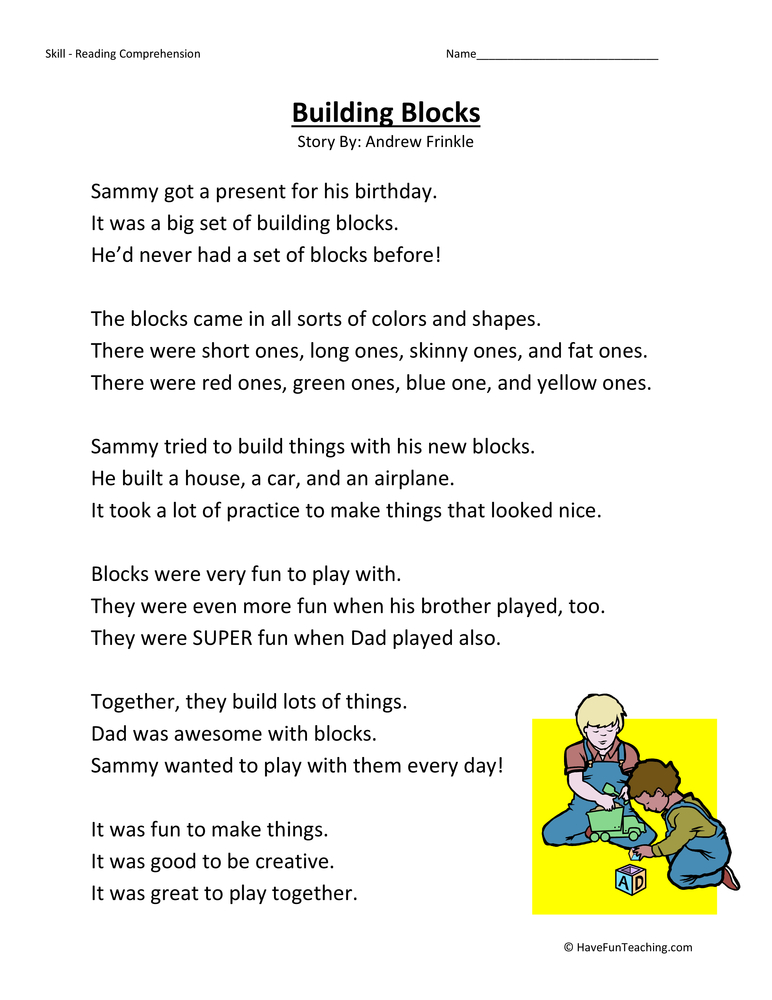 Talk about how the author used language or words to make the text interesting, informative, funny, or sad.
Talk about how the author used language or words to make the text interesting, informative, funny, or sad.
Illustrated timelines
After reading a story, have your child create an illustrated timeline of events from the story. Tape together five sheets of paper along the 8-1/2-inch side to create one very wide sheet that is 55 inches X 8-1/2 inches. To help plan the timeline, your child can add numbers that mark important points of the story. Then it's time to fill in the sequence of events with words and pictures. Once the timeline is complete, ask your child to re-tell the story — acting it out is okay, too! Variation: Create the timeline using Post-Its on a wall or outside using sidewalk chalk.
Talk show
Set up a talk show set with two chairs facing each other. If you like, make two microphones out of paper tubes or other craft supplies. You are the host and your child is a character from the book. Ask questions about the character, such as who you are, why you are important to the story, what happened to you in the story, what is the craziest interaction you had with another character, etc. Then switch roles!
Then switch roles!
Book trailer
Using a cell phone camera or other recording device, make a short video of your child talking about about why he recommends this book. Encourage your child to show the book cover and some of the inside pages when talking about a certain character or action sequence. Share the book trailer with family and friends!
Picture the character (Part 1)
Try this activity from the Florida Center for Reading Research (FCRR). The FCRR "At Home" series was developed especially for families! Watch the video and then download the activity: Picture the Character. See all FCRR comprehension activities here.
Picture the character (Part 2)
Try this activity from the Florida Center for Reading Research (FCRR). The FCRR "At Home" series was developed especially for families! Watch the video and then download the activity: Picture the Character.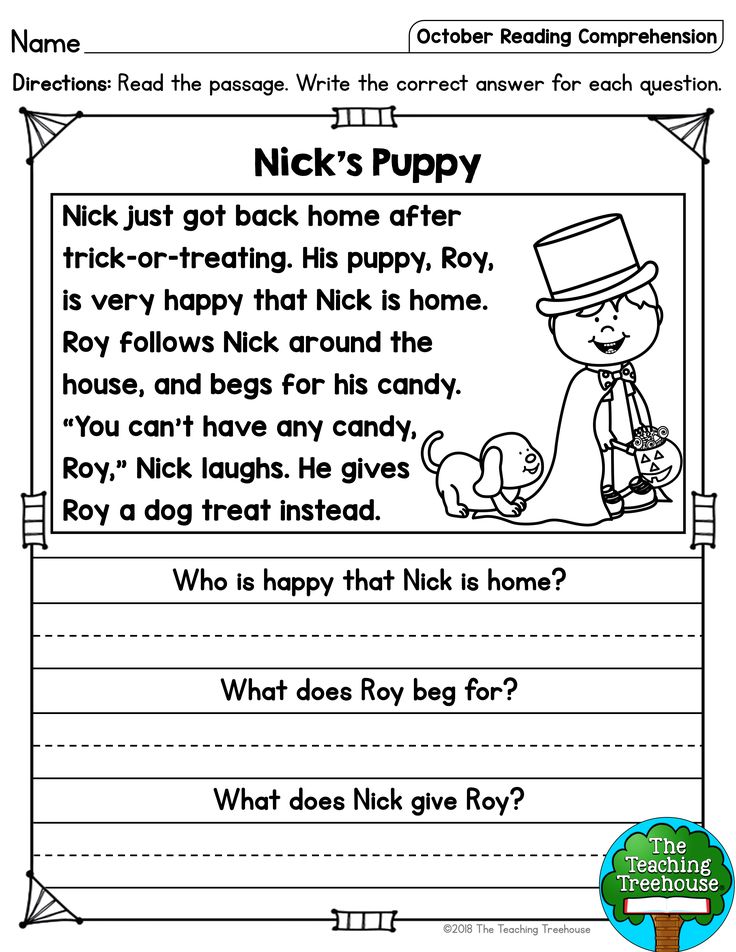 See all FCRR comprehension activities here.
See all FCRR comprehension activities here.
Does your first grader read to learn about things?
More comprehension resources
Methods for teaching the strategy of semantic reading and working with text
1. Introduction
The global processes of informatization of society, the increase in the amount of textual information every year, the presentation of new requirements for its analysis, systematization and processing speed have put theorists and practitioners of education in front of the need development of new approaches to teaching reading.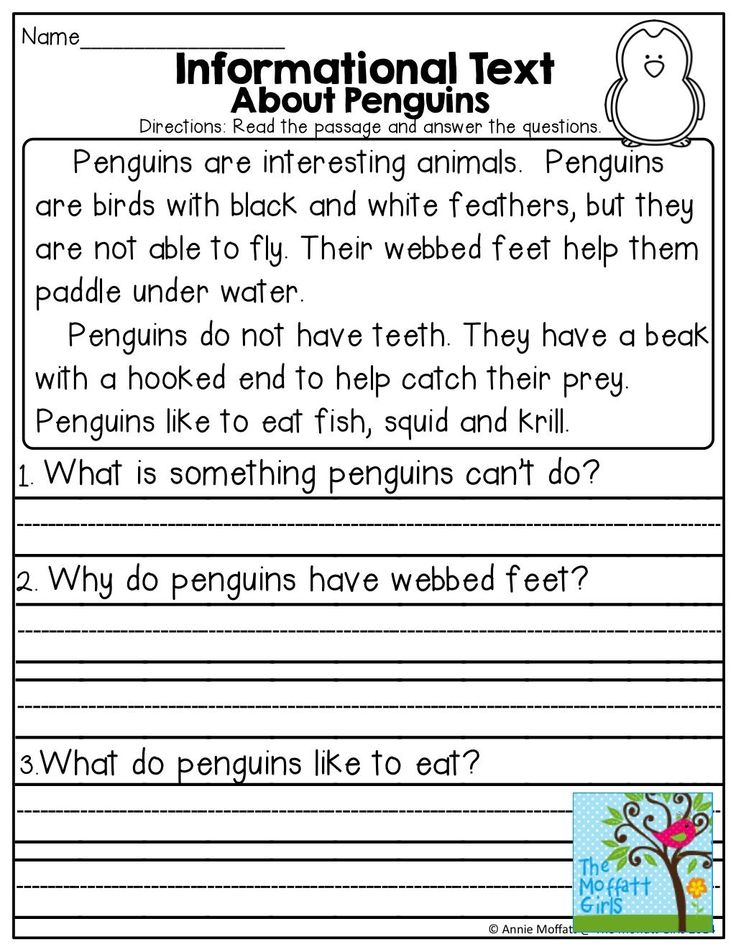
Problems:
- children have low reading speed, as a result of which they spend a lot of time doing homework,
- they often do not understand the meaning of what they read due to reading errors and incorrect intonation,
- they cannot extract the necessary information from the proposed text, highlight the main thing in the read,
- they find it difficult to briefly retell the content,
- when performing independent work, tests of different levels, students make mistakes due to misunderstanding of the wording of the task,
- rarely refer to cognitive texts.
That is, a serious contradiction arises: on the one hand, the modern world brings down a huge amount of information on us, on the other hand, our children do not read much, do not have the skills of semantic reading, and do not know how to work with information.
It is not so important to read a lot, it is much more necessary to process what you read in your mind in a quality manner.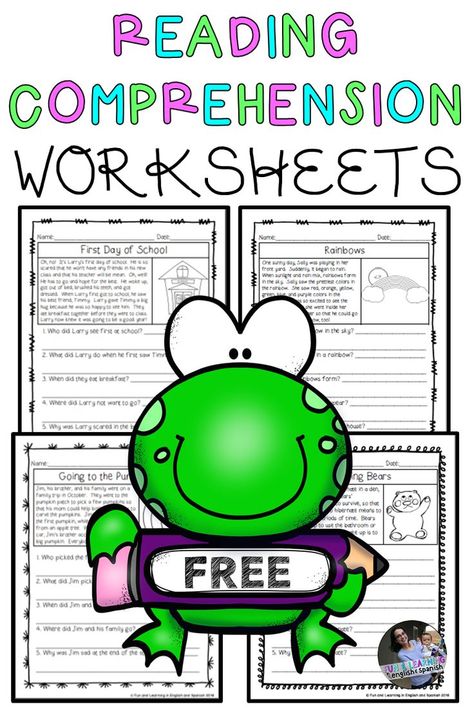 Having comprehended and structured the text in a certain way, it is much easier to convey its content and learn the main thing.
Having comprehended and structured the text in a certain way, it is much easier to convey its content and learn the main thing.
The current interdisciplinary curriculum, provided for by the new educational standards, is the program "Fundamentals of semantic reading and working with text." The program is aimed at forming and developing the foundations of reading competence necessary for students to implement their future plans, including continuing education and self-education, preparing for work and social activities. Today, reading, along with writing and computer skills, is one of the basic skills that allow you to work productively and communicate freely with different people. Reading is a universal skill: it is something taught and something through which one learns. As scientists have established, about 200 factors affect student performance. Factor #1 is reading skill, which has a far greater impact on academic performance than all of them combined. Research shows that in order to be competent in all subjects and later in life, a person needs to read 120-150 words per minute.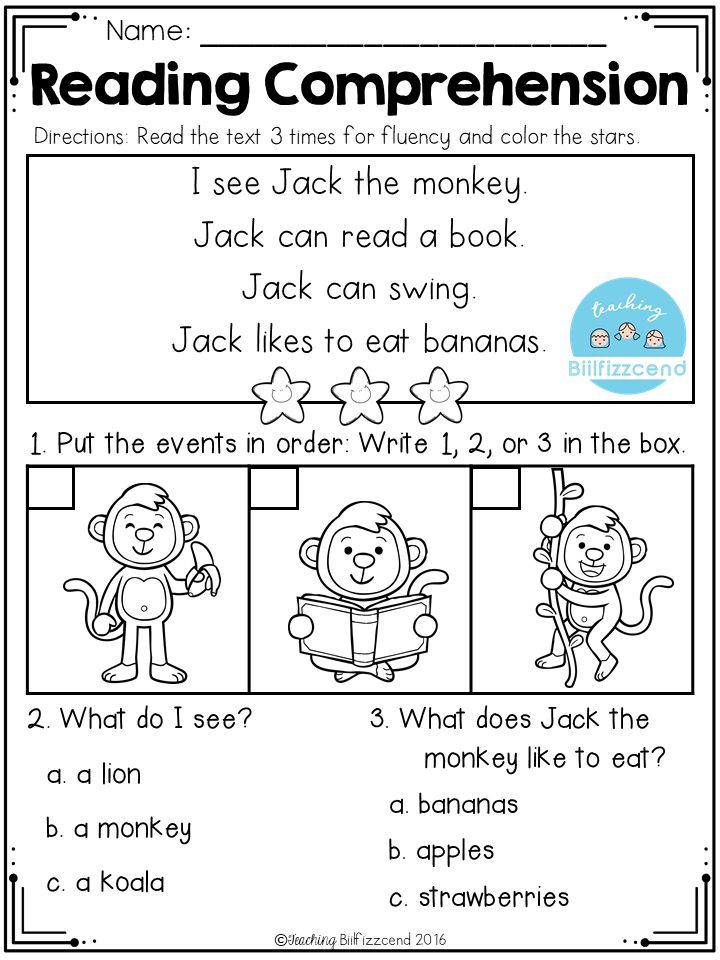 This becomes a necessary condition for the success of working with information. Reading is the foundation of all educational outcomes.
This becomes a necessary condition for the success of working with information. Reading is the foundation of all educational outcomes.
2. Semantic reading in the context of the new Federal State Educational Standards
Federal standards include in the meta-subject results of mastering OOP as a mandatory component "mastering the skills of semantic reading of texts of various styles and genres in accordance with the goals and objectives."
Semantic reading is a type of reading aimed at understanding the semantic content of the text by the reader. For semantic understanding, it is not enough just to read the text, it is necessary to evaluate the information, respond to the content.
In the concept of universal educational activities (Asmolov A.G., Burmenskaya G.V., Volodarskaya I.A., etc.) actions of semantic reading associated with:
- understanding the purpose and choosing the type of reading depending on tasks;
- definition of primary and secondary information;
- by formulating the problem and the main idea of the text.
For semantic understanding, it is not enough just to read the text, it is necessary to evaluate the information, respond to the content. The concept of "text" should be interpreted broadly. It can include not only words, but also visual images in the form of diagrams, figures, maps, tables, graphs.
Since reading is a meta-subject skill, its constituent parts will be in the structure of all universal learning activities:
- personal UUD includes reading motivation, learning motives, attitude towards oneself and school;
- in the regulatory UUD - the student's acceptance of the learning task, arbitrary regulation of activity;
- in cognitive UUD - logical and abstract thinking, working memory, creative imagination, concentration, vocabulary volume.
- in communicative UUD - the ability to organize and implement cooperation and cooperation with a teacher and peers, adequately convey information, display subject content.
The diagram shows groups of meta-subject results related to semantic reading.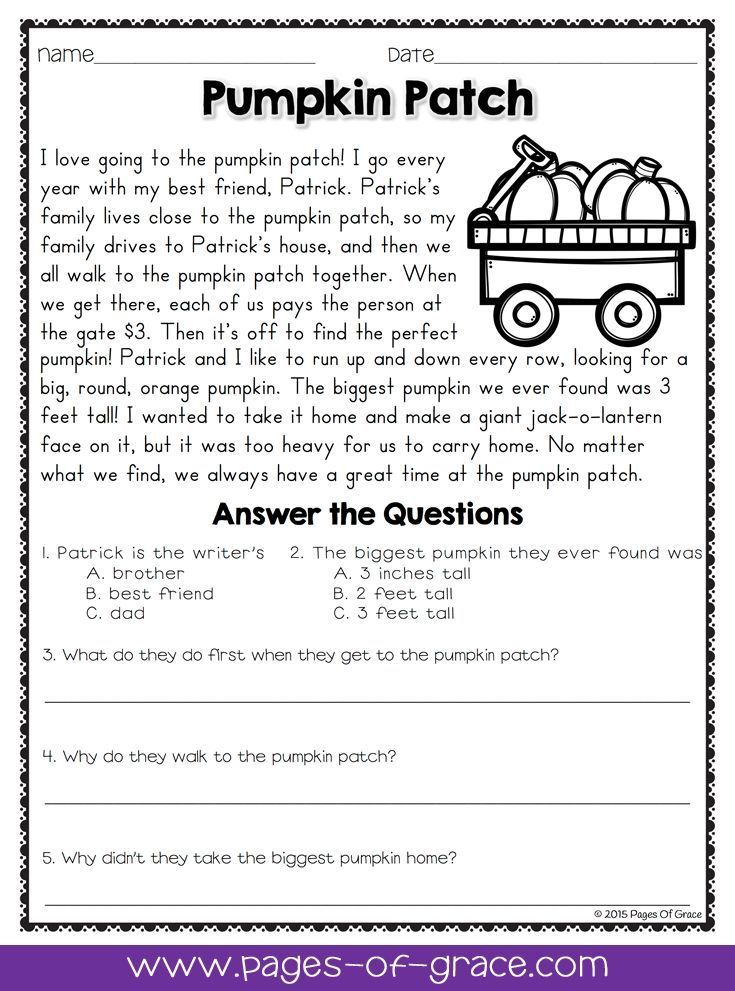
3. Strategies for semantic reading
To work with the text at each stage, the reader chooses his own strategies. Learning strategies are a set of actions that a learner takes in order to facilitate learning, make it more effective, efficient, faster, more enjoyable, aim and bring learning activities closer to their own goals.0007
The term "reading strategies" was born at the dawn of psycholinguistics, and its appearance is associated with the work of Kenneth Goodman and Peter Kolers (70s). (slide 14) The most general definition of J. Bruner became fundamental for all subsequent works: “A strategy is a certain way of acquiring, storing and using information that serves to achieve certain goals in the sense that it should lead to certain results.”
If successful, the student remembers the ways of his actions, operations, resources used, transfers the strategy to other situations, makes it universal. The number of strategies and the frequency of their use are individual.
Strategy No. 1. Directed reading
Purpose: to form the ability to purposefully read the educational text. Ask questions and lead group discussions.
1. Update. Reception "Associative bush": the teacher writes a keyword or title of the text, students express their associations one by one, the teacher writes down. The use of this technique allows you to update knowledge, motivate subsequent activities, activate the cognitive activity of students, set them up for work.
2. Pupils silently read a short text or part of a text, stopping at the indicated places.
3. The teacher asks a problematic question on what has been read.
4. The answers of several students are discussed in class.
5. The students make an assumption about the further development of the event.
Strategy #2. Reading in pairs - generalization in pairs
Purpose: to form the ability to highlight the main thing, summarize what was read in the form of a thesis, ask problematic questions.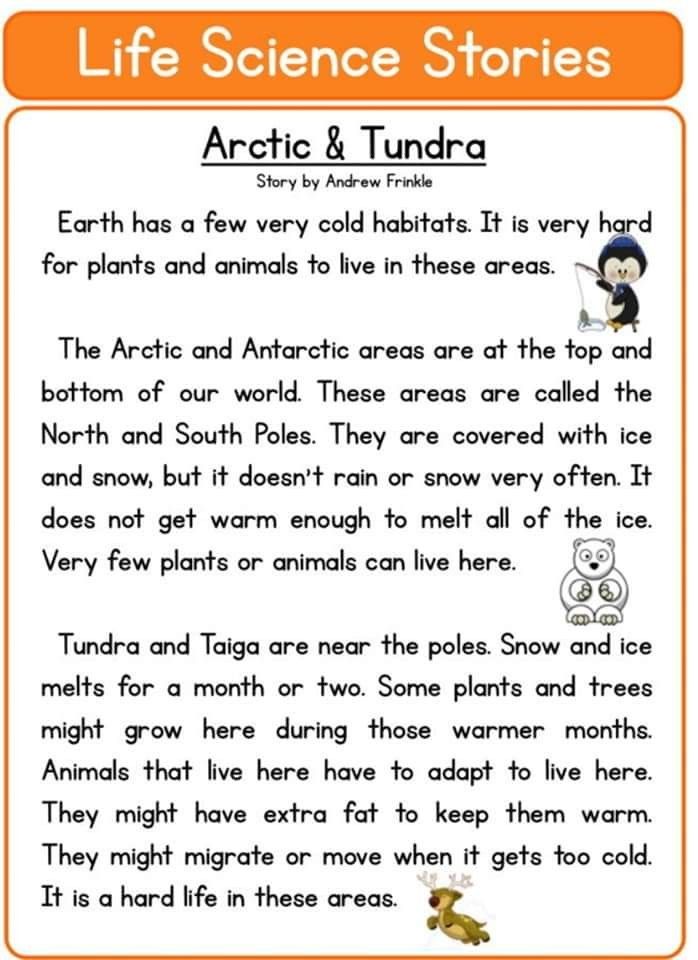
1. The students silently read the text or part of the text chosen by the teacher.
2. The teacher puts the students in pairs and gives clear instructions. Each student alternately performs two roles: speaker - reads and summarizes the content in the form of one thesis; the respondent listens to the speaker and asks him two substantive questions. Next comes the role reversal.
3. The teacher invites all students to the discussion.
Strategy No. 3. Reading and asking
Purpose: to form the ability to work independently with printed information, formulate questions, work in pairs.
1. Students silently read the proposed text or part of the text chosen by the teacher.
2. The students work in pairs and discuss which key words should be highlighted in the reading. (Which words appear most often in the text? How many times? Which words are in bold? Why?
If you read the text aloud, how would you make it clear that this sentence is the main thing? It is about highlighting the phrase voice, which hides an unobtrusive but reliable memorization.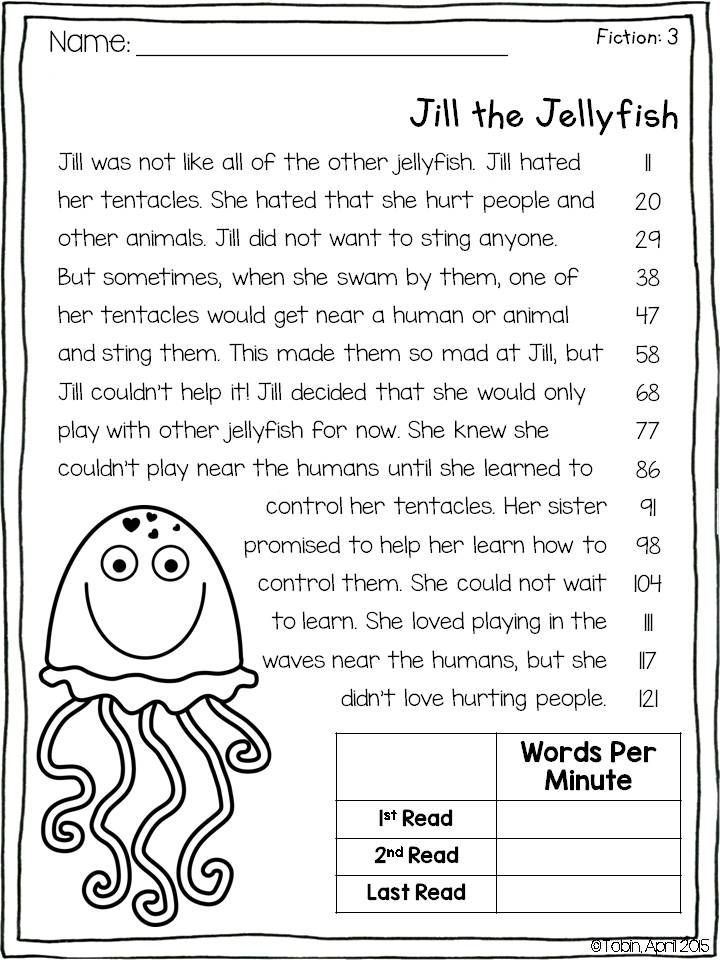 )
)
3. One of the students formulates a question using key words, the other answers it.
4. Discuss key words, questions and answers in class. Correction.
Strategy No. 4. Double entry diary
Goal: to form the ability to ask questions while reading, critically evaluate information, compare what is read with one's own experience.
1. The teacher instructs the students to divide the notebook into two parts.
2. In the process of reading, students should write down on the left side the moments that struck, surprised, reminded of some facts, caused any associations; on the right - write a concise commentary: why this particular moment surprised you, what associations it caused, what thoughts it prompted.
Strategy No. 5. Reading with notes
Purpose: to form the ability to read thoughtfully, evaluate information, formulate the author's thoughts in your own words.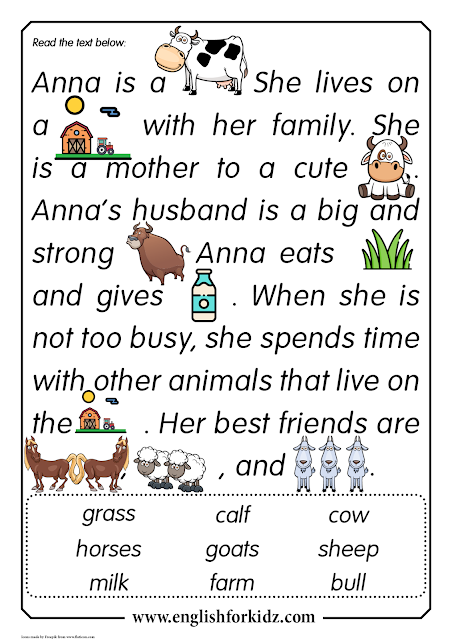
The teacher gives the students the task to write information in the margins with icons according to the following algorithm:
- V Familiar information
- + New information
- - I thought (thought) otherwise
- ? This interested me (surprised), I want to know more
The essence of semantic reading strategies is that the strategy is related to choice, functions automatically at the unconscious level and is formed in the course of the development of cognitive activity. Teaching reading strategies includes the acquisition of skills:
- Distinguishing types of message content - facts, opinions, judgments, evaluations;
- recognition of the hierarchy of meanings within the text - the main idea, theme and its components;
- own understanding - the process of reflective perception of the cultural meaning of information.
Mastering strategies occurs mainly in groups or pairs, which allows students to develop not only speech, but also communicative competence.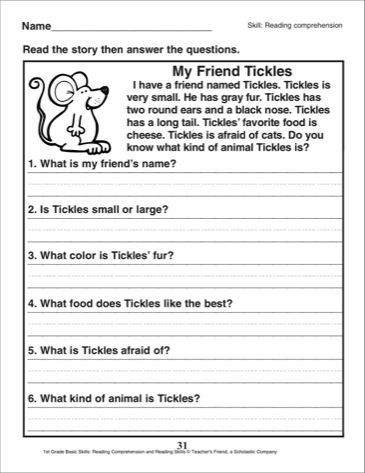
4. Techniques for teaching the strategy of semantic reading and working with text
The strategy of semantic reading provides understanding of the text by mastering the techniques of mastering it at the stages before reading, during reading and after reading. Working with any text involves three stages: pre-text activity, text and post-text activity
Stage 1. Work with text before reading.
1. Anticipation (anticipation, anticipation of the upcoming reading). Determining the semantic, thematic, emotional orientation of the text, highlighting its heroes by the title of the work, the name of the author, key words, illustrations preceding the text based on the reader's experience.
2. Setting the objectives of the lesson, taking into account the general (educational, motivational, emotional, psychological) readiness of students for work.
Purpose of stage 1: development of the most important reading skill, anticipation, that is, the ability to guess, predict the content of the text by title, author's name, illustration.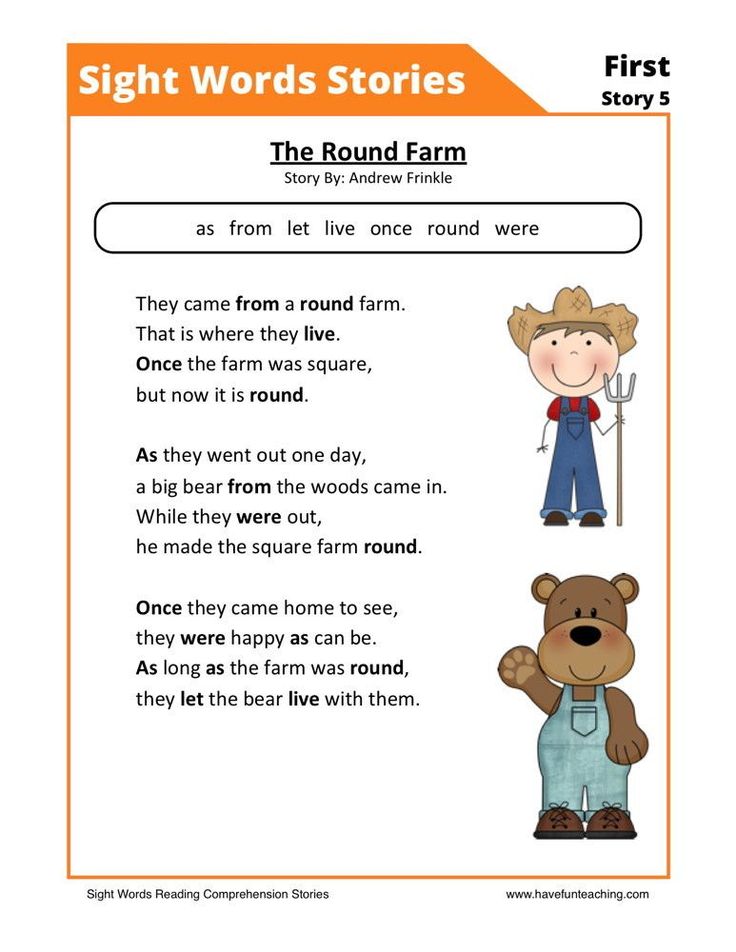
Techniques of pre-text activity:
If earlier, according to the traditional method, only one task “Read the text” was given at the stage of pre-reading the text, and the main attention was paid to control of reading comprehension, now we know that the better organized the stage of pre-reading, the easier it is for the student to read the text and the higher the result achieved by him.
Pre-text orienting techniques are aimed at staging reading and, consequently, at choosing the type of reading, updating previous knowledge and experience, concepts and vocabulary of the text, as well as creating motivation for reading.
Most common techniques:
- Brainstorming
- Glossary
- "Landmarks of anticipation"
- Preliminary Questions
- "Dissection questions".
Brainstorming, headline prediction.
The goal is to update previous knowledge and experience related to the topic of the text.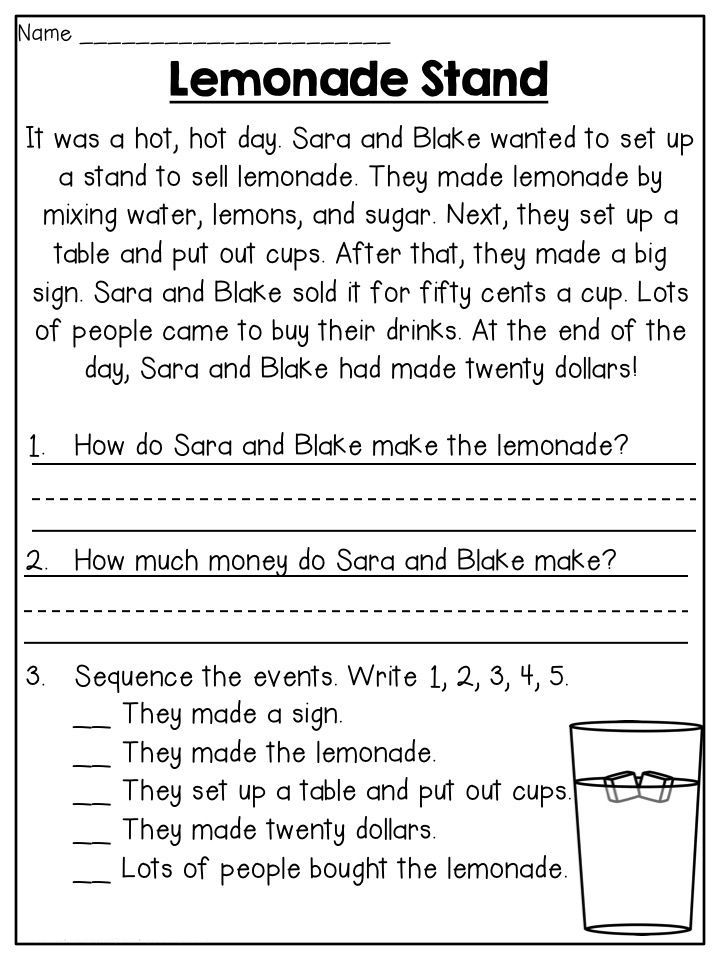
The question is asked: what associations do you have about the stated topic?
Associations are written on the board.
The teacher can add various information.
Reading text. Comparison of information with that learned from the text.
"Glossary"
The purpose of is to update and repeat the vocabulary related to the topic of the text.
The teacher says the name of the text, gives a list of words and suggests marking those that may be related to the text.
Having finished reading the text, they return to these words (this will be a post-text strategy) and look at the meaning and use of the words used in the text.
"Landmarks of anticipation"
The purpose of is to update previous knowledge and experience related to the topic of the text. Students are given judgments. They should mark the ones they agree with. After reading, they mark them again.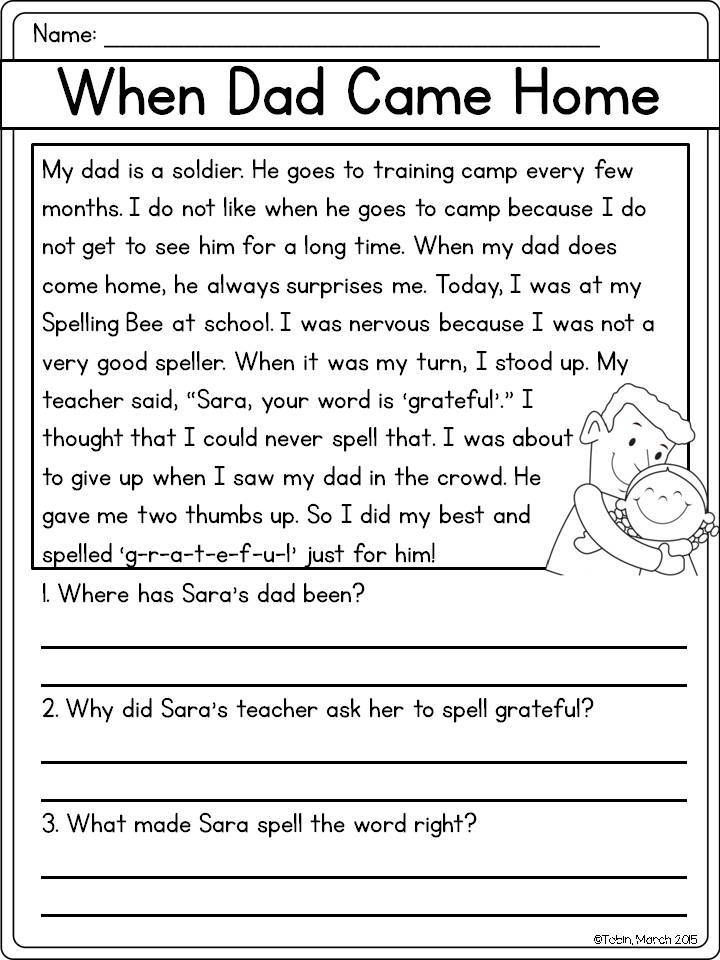 If the answer has changed, then the students explain why this happened (post-text strategy)
If the answer has changed, then the students explain why this happened (post-text strategy)
“Dissections of the Question”
The goal of is a semantic guess about the possible content of the text based on the analysis of its title. It is proposed to read the title of the text and divide it into semantic groups. What do you think the text will be about?
"Preparatory questions"
The purpose of is to update existing knowledge on the topic of the text.
Detailed reception algorithm:
1. Scan the text quickly. (Review reading.)
2. Answer the question asked in the title of the text.
Stage 2. Working with text while reading.
Purpose of stage 2: understanding of the text and creation of its reader's interpretation (interpretation, evaluation).
1. Primary reading of the text. Independent reading in the classroom or reading-listening, or combined reading (at the choice of the teacher) in accordance with the characteristics of the text, age and individual abilities of students.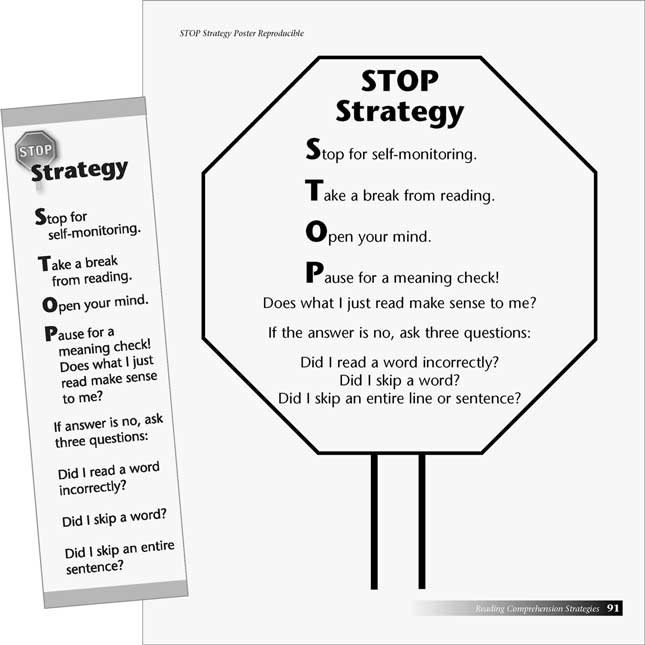 Identification of primary perception (with the help of a conversation, fixing primary impressions, related arts - at the teacher's choice).
Identification of primary perception (with the help of a conversation, fixing primary impressions, related arts - at the teacher's choice).
2. Rereading the text. Slow "thoughtful" repeated reading (of the entire text or its individual fragments). Text analysis. Statement of a clarifying question for each semantic part.
3. Conversation on the content of the text. Summary of what has been read. Identification of the hidden meaning of the work, if any. Statement of generalizing questions to the text, both by the teacher and by the children. Appeal (if necessary) to individual fragments of the text.
Text activities include:
- Read aloud
- "Reading to yourself with questions"
- Stop Reading
- "Reading to yourself with a mark"
"Reading aloud"
The goal is to check the understanding of the text read aloud .
1. Reading text paragraph by paragraph.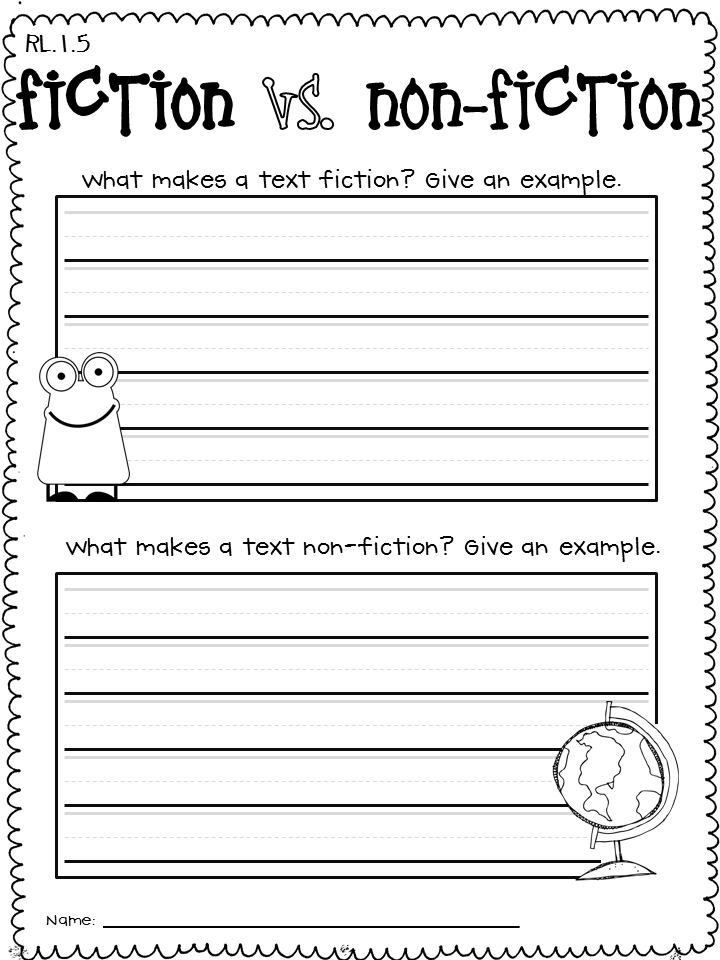 The task is to read with understanding, the task of the listeners is to ask the reader questions to check whether he understands the text being read.
The task is to read with understanding, the task of the listeners is to ask the reader questions to check whether he understands the text being read.
2. Listeners ask questions about the content of the text, the reader answers. If his answer is incorrect or inaccurate, the listeners correct him.
“Reading to yourself with questions”
The goal is to teach you to read the text thoughtfully by asking yourself increasingly difficult questions .
1. Reading the first paragraph. Questions are being asked.
2. Reading the second paragraph to yourself. Work in pairs. One student asks questions, the other answers.
3. Reading the third paragraph. They change roles. They ask questions and answer.
Stop Reading
Goals - managing the process of understanding the text while reading it.
Reading the text with stops during which questions are asked. Some of them are aimed at testing understanding, others - at predicting the content of the following passage.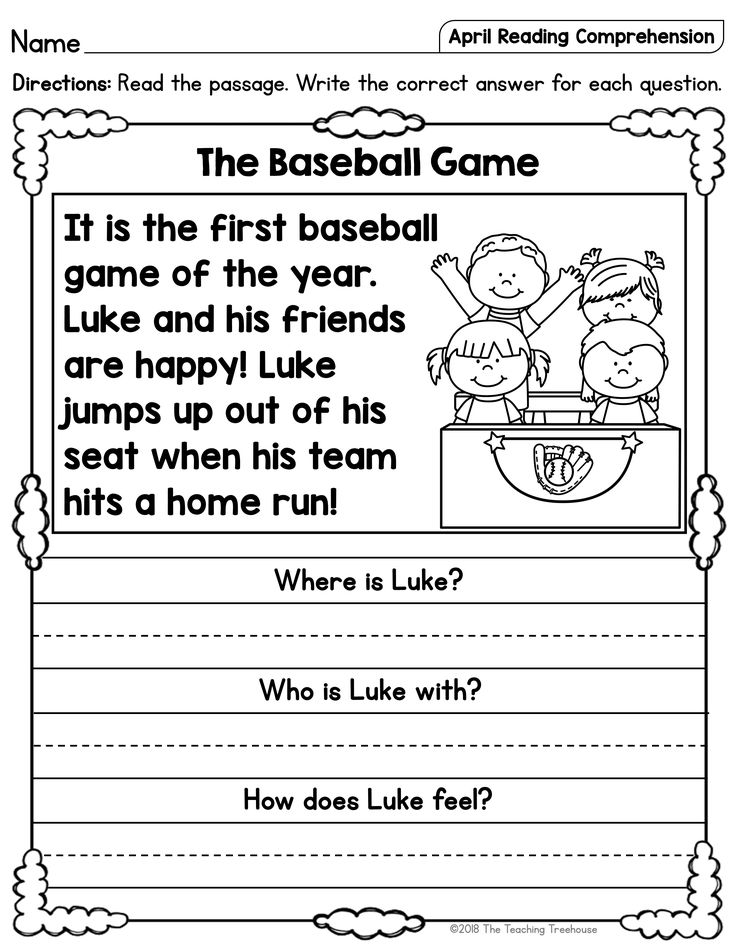
“Reading to yourself with notes” (“Insert”)
The goal is to monitor the understanding of the text being read and its critical analysis . This strategy is most often used to work with complex scientific texts. It is used to stimulate more careful reading. Reading becomes an exciting journey.
1. Individual reading.
While reading, the student makes notes in the text:
- V – already knew;
- + - new;
- - thought differently;
- ? - I do not understand, there are questions.
2. Reading, the second time, fill in the table, systematizing the material.
| Already knew (V) | Learned something new (+) | Thought otherwise (–) | Questions (?) |
Records - keywords, phrases. After completing the table, students will have a mini-outline. After the students fill in the table, we summarize the results of the work in the conversation mode. If the students have any questions, then I answer them, having previously found out if one of the students can answer the question that has arisen. This technique contributes to the development of the ability to classify, systematize incoming information, highlight the new.
After completing the table, students will have a mini-outline. After the students fill in the table, we summarize the results of the work in the conversation mode. If the students have any questions, then I answer them, having previously found out if one of the students can answer the question that has arisen. This technique contributes to the development of the ability to classify, systematize incoming information, highlight the new.
“Creating a question plan”.
The student carries out a semantic grouping of the text, highlights the strong points, divides the text into semantic parts and titles each part with a key question
Stage 3. Working with text after reading .
Purpose: correction of the reader's interpretation in accordance with the author's intention
1. Conceptual (semantic) conversation on the text. Collective discussion of the read, discussion. Correlation of readers' interpretations (interpretations, evaluations) of the work with the author's position.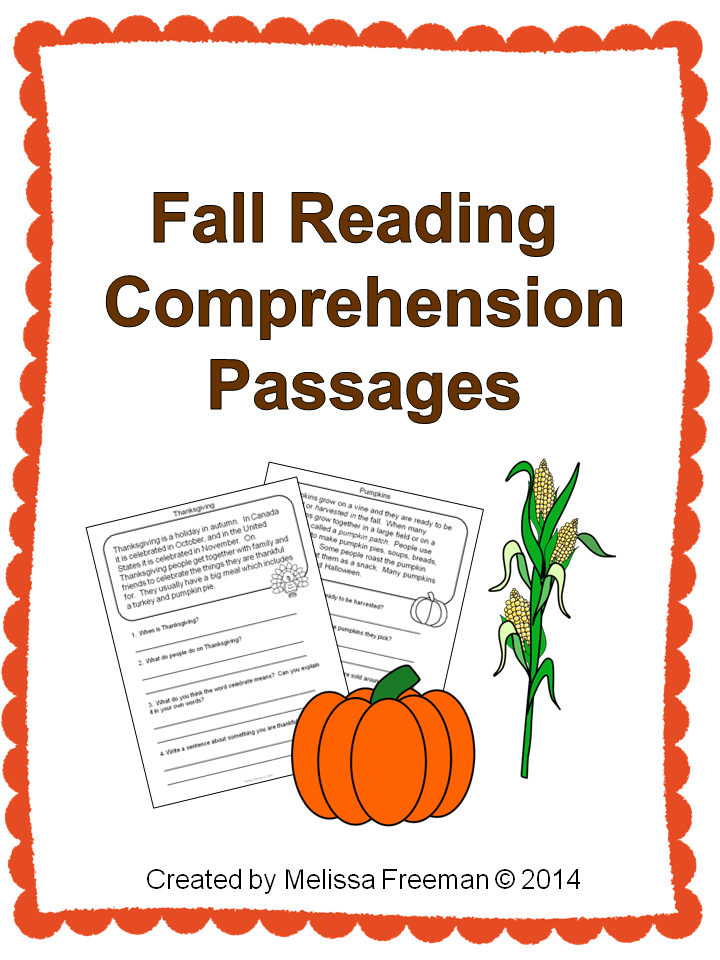 Identification and formulation of the main idea of the text or the totality of its main meanings.
Identification and formulation of the main idea of the text or the totality of its main meanings.
2. Acquaintance with the writer. Story about a writer. Talk about the personality of the writer. Working with textbook materials, additional sources.
3. Work with the title, illustrations. Discussing the meaning of the title. Referring students to ready-made illustrations. Correlation of the artist's vision with the reader's idea.
4. Creative tasks based on any area of students' reading activity (emotions, imagination, comprehension of content, artistic
Techniques for post-text activities.
- "Relationship between question and answer"
- "Time out"
- "Checklist"
- "Questions after the text"
"Relationship between question and answer"
The goal is to teach understanding of the text . One of the most effective post-text techniques. It differs from the rest in that it teaches the process of understanding the text, and does not control the result (understood - did not understand), shows the need to search for the location of the answer.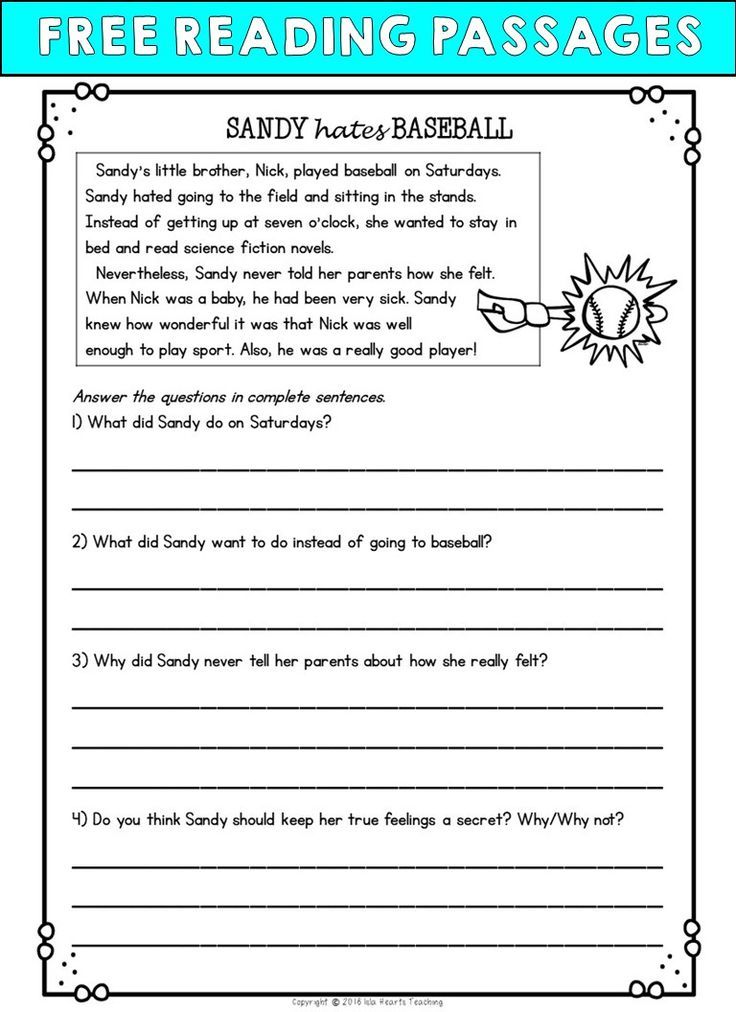
The answer to the question can be in the text or in the reader's word. If the answer is in the text, it can be in one sentence of the text or in several of its parts. To answer the question, you need to find the exact answer in one sentence of the text. If it is contained in several parts of the text, such an answer must be formulated by connecting them.
If the answer is in the reader's head, then in one case the reader constructs it by connecting what the author says between the lines or indirectly and how the reader interprets the author's words. In another case, the answer is outside the text and the reader is looking for it in his knowledge.
"Time out"
Objectives - self-test and assessment of understanding of the text by discussing it in pairs and in a group.
Reception implementation algorithm:
1. Reading the first part of the text. Work in pairs.
2. Ask each other clarifying questions.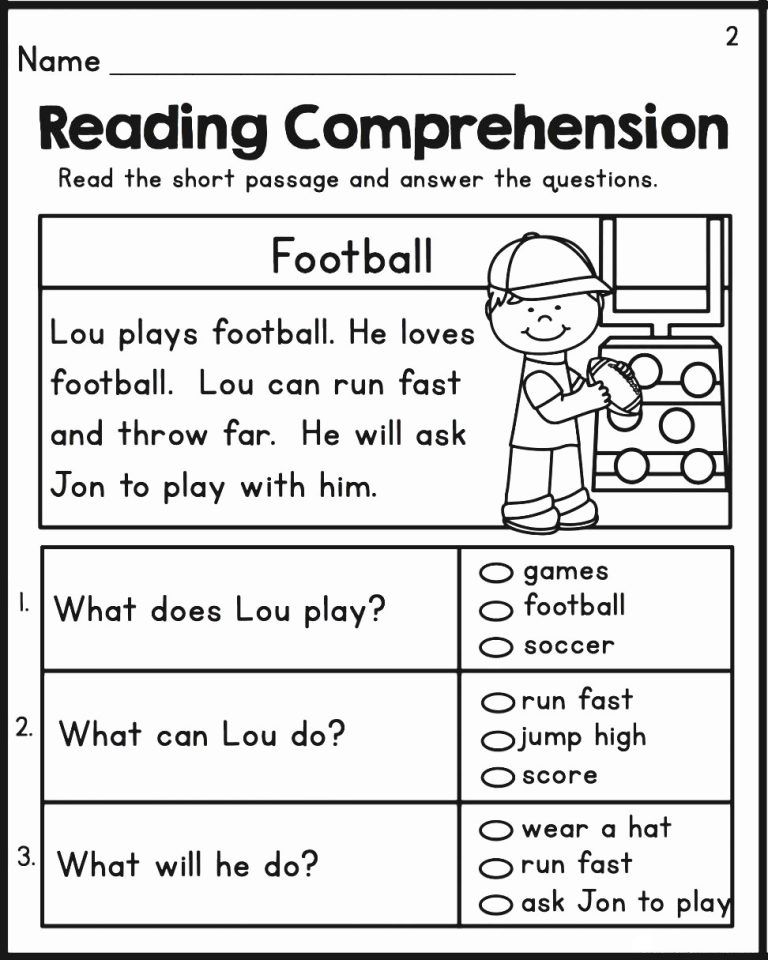 They answer them. If there is no confidence in the correctness of the answer, questions are submitted for discussion by the whole group after the completion of the work with the text.
They answer them. If there is no confidence in the correctness of the answer, questions are submitted for discussion by the whole group after the completion of the work with the text.
Checklist
This strategy is quite flexible. It lays down the conditions for the qualitative performance of any task. The “checklist” is compiled by the teacher for students at the first stages of applying the strategy.
Checklist "Brief retelling":
1. The main idea of the text is named. (Yes / No.)
2. The main thoughts of the text and the main details are named. (Yes/No.)
3. There is a logical and semantic structure of the text. (Yes/No.)
4. There are necessary means of communication that unite the main ideas of the text. (Yes/No.)
5. The content is presented in one's own words (language means) while preserving the lexical units of the author's text. (Yes/No.)
“Questions after the text”
The classification of questions, known as the “Taxonomy of questions”, involves a balance between groups of questions to:
- the factual information of the text, presented verbally;
- subtext information hidden between lines, in subtext;
- conceptual information, often outside the text.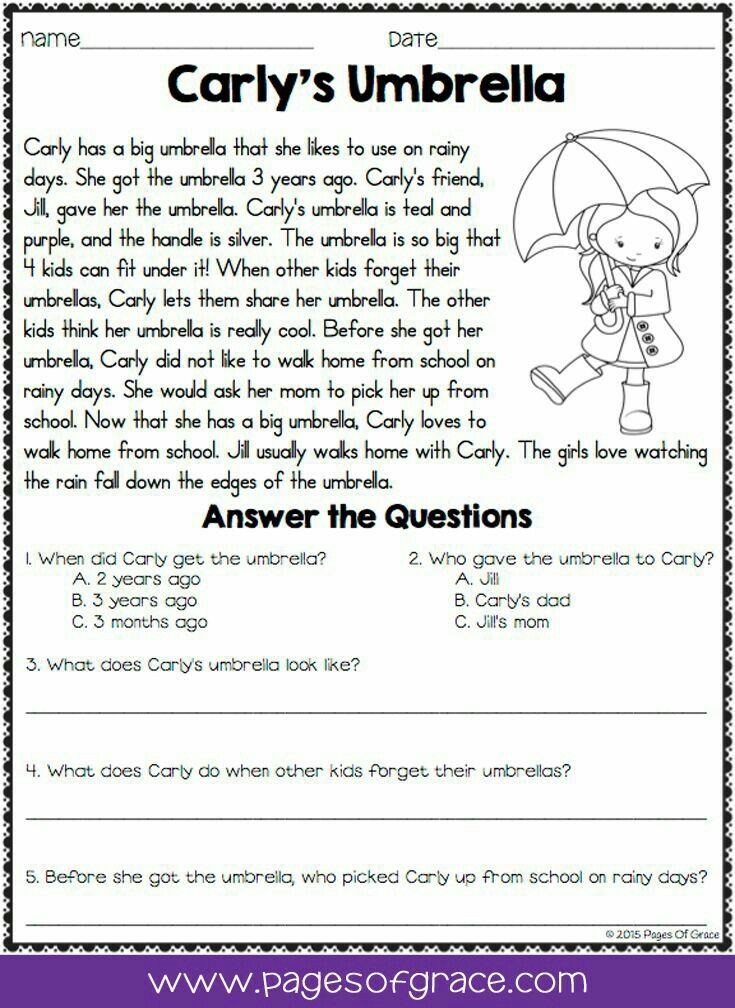
These three groups of questions are now being supplemented by a fourth one - a group of evaluative, reflective questions related to the critical analysis of the text.
"Thin" and "thick" questions
After studying the topic, students are asked to formulate three "thin" and three "thick" questions related to the material covered. They then quiz each other using tables of "thick" and "thin" questions.
| Thick questions | Subtle questions |
| Explain why….? | Who..? What…? When…? |
- Read the text.
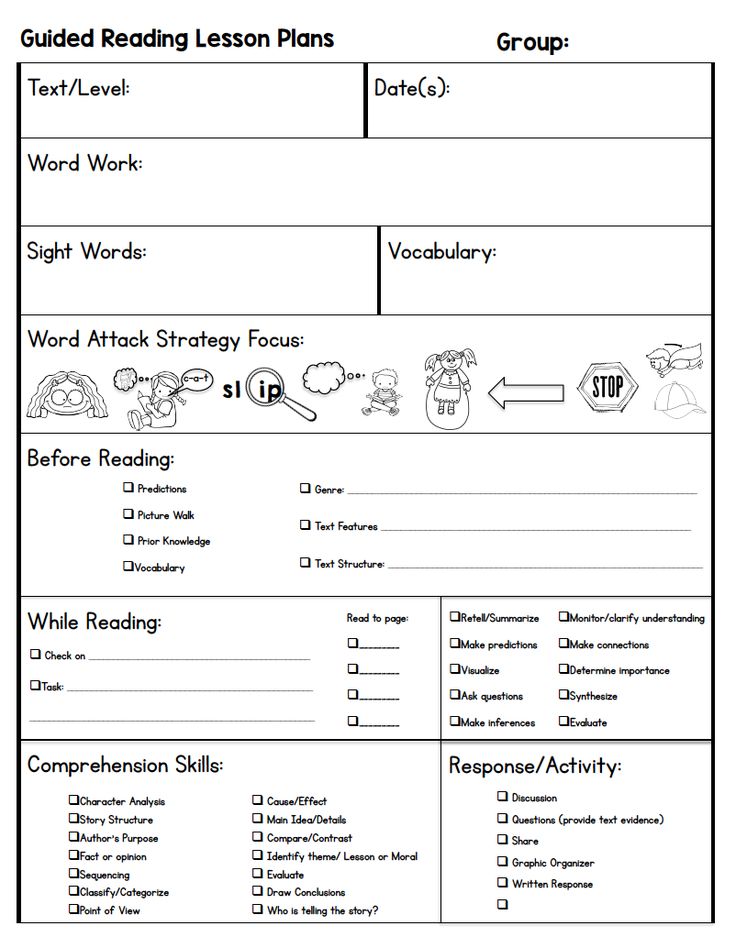
- What words occur most often in the text? How many times?
- Which words are in bold? Why?
- If you were to read the text aloud, how would you make it clear that this sentence is the main one?
- Noun (subject).
- Two adjectives (description)
- Three verbs (action).
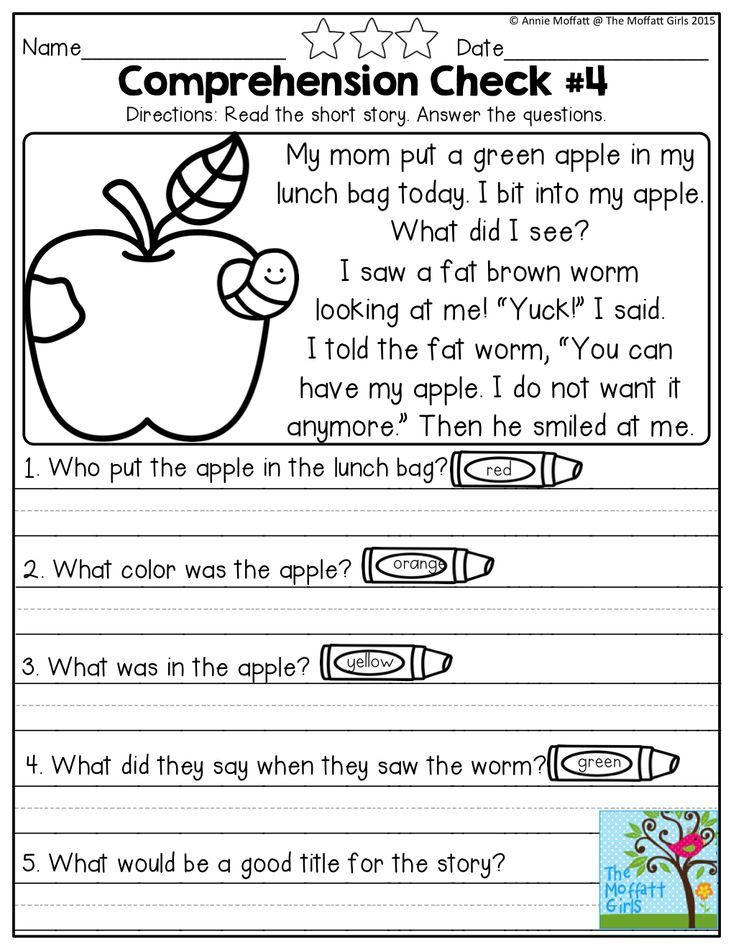
- Four-word phrase (description).
- Noun (paraphrasing of the topic).
- How many paragraphs of the text?
- Pay attention to the words in thinned and bold type.
- Write out keywords.
- Coordinating conjunctions
- Intonation
- general minor member
- Explanatory words
- Comma
- Semicolon
- Dash
- No comma
- Reading 1 paragraph.
- We ask questions to the reader, he answers them.
- Reading in pairs to yourself 2 paragraphs, one student asks a question - the other answers.
- Reading 3, 4 paragraphs - students change roles.
- Give an example of a compound sentence, give a description according to the plan, draw up a diagram;
- make a mind map.
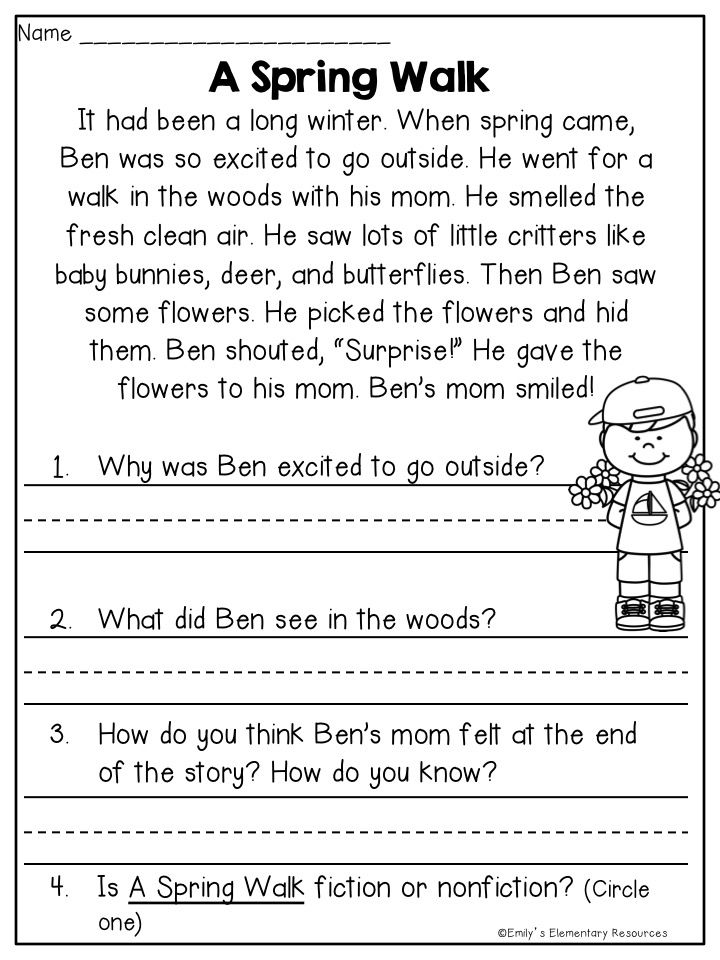
Question Tree
Crown - what? where? when? Barrel - why? How? Could you? Roots - how to relate the text to life? With current events? What is the author trying to show?
"Bloom's Cube" (Benjamin Bloom is a famous American teacher, author of many pedagogical strategies = technician).
The beginnings of the questions are written on the sides of the cube: “Why?”, “Explain”, “Name”, “Suggest”, “Think up”, “Share”. The teacher or student rolls the die.
It is necessary to formulate a question to the educational material on the side on which the cube fell.
The “Name” question is aimed at the level of reproduction, that is, at the simple reproduction of knowledge.
The question "Why" - the student in this case must find cause-and-effect relationships, describe the processes that occur with a particular object or phenomenon.
"Explain" question - the student uses concepts and principles in new situations.
Question Tree
Options for working with text.
"Questions to the text of the textbook"
The strategy allows you to form the ability to work independently with printed information, formulate questions, work in pairs.
We are talking about highlighting a phrase with your voice. Here lies an unobtrusive but reliable memorization.
Cluster
I use clusters for structuring and systematizing material. A cluster is a way of graphic organization of educational material, the essence of which is that in the middle of the sheet the main word (idea, topic) is written or sketched, and ideas (words, pictures) associated with it are fixed on the sides of it.
"Keywords"
These are words that can be used to compose a story or definitions of some concept.
"True and False Statements"
has a universal device, which contributes to the actualization of students' knowledge and the activation of mental activity.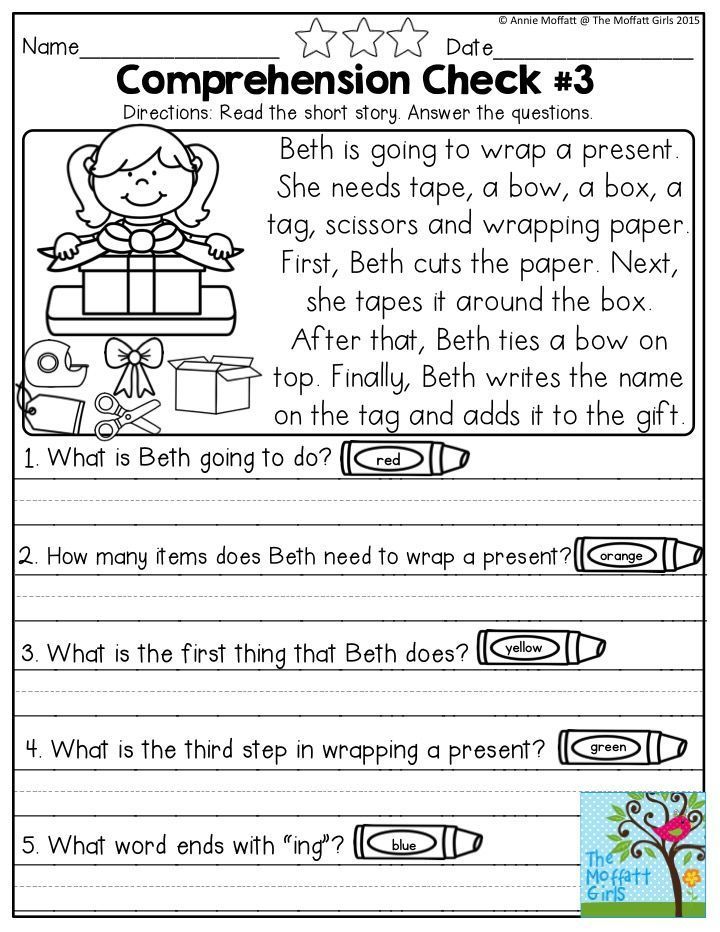 This technique makes it possible to quickly include children in mental activity and it is logical to proceed to the study of the topic of the lesson. Reception forms the ability to assess the situation or facts, the ability to analyze information, the ability to reflect one's opinion. Children are invited to express their attitude to a number of statements according to the rule: true - "+", not true - "-".
This technique makes it possible to quickly include children in mental activity and it is logical to proceed to the study of the topic of the lesson. Reception forms the ability to assess the situation or facts, the ability to analyze information, the ability to reflect one's opinion. Children are invited to express their attitude to a number of statements according to the rule: true - "+", not true - "-".
"Do you believe..."
It is carried out in order to arouse interest in the study of the topic and create a positive motivation for independent study of the text on this topic.
Conducted at the beginning of the lesson, after the announcement of the topic.
Sincwine
Develops the ability of students to highlight key concepts in the reading, the main ideas, synthesize the knowledge gained and show creativity.
Sinkwine structure:
"Mental maps" (graphic technique for organizing text),
Mind Mapping is a mind visualization technique. The applications of mental maps are very diverse - for example, they can be used to fix, understand and remember the content of a book or text, generate and write down ideas, understand a new topic for yourself, prepare for making a decision.
In the center of a landscape sheet, one word indicates the subject, which is enclosed in a closed outline. Branches are drawn from it, on which keywords are located. Sub-branches are added to branches until the topic is exhausted.
Mind maps activate memory. Lists, solid text, trees, and diagrams are the same. Mind maps, on the other hand, use every possible means to activate perception through diversity: different line weights, different colors of branches, precisely chosen keywords that are personally meaningful to you, the use of images and symbols. The technique of mental maps helps not only to organize and organize information, but also to better perceive, understand, remember and associate it.
The technique of mental maps helps not only to organize and organize information, but also to better perceive, understand, remember and associate it.
5. Diagnosis of educational outcomes using semantic reading techniques
The network project "Techniques of Semantic Reading" [1] describes the model of V.V. Pikan, in which all cognitive levels are illustrated by exemplary examples of key questions and tasks that make it possible to diagnose the quality of mastering knowledge and ways of students' activities. Each of the cognitive levels (knowledge, understanding, application, generalization and systematization, value attitude) is assigned the number of points received for completing the tasks of the mastered level. The table below shows examples of questions and tasks, assessment criteria.
| Cognitive levels and assessment criteria | Sample key questions and tasks (beginning of wording) |
| Knowledge - 1 point | Name. |
| Comprehension - 2 points | As you understand... Explain the relationship. Why ... Connect in semantic pairs .... Show on the graph... |
| Application - according to sample 3 b. | Make an offer…. Identify Traits character…. Apply the appropriate rule.... Compare…. Draw conclusions.... Present your point of view... |
| Generalization and systematization | Make a summary…. Make a table. |
| Value attitude - 2-10 b. | What does it matter…. What do you think…. Do you like…. |
6. Implementation of semantic reading technology techniques
1. Work with text before reading. Reception dissection question.
It is proposed to read the title of the paragraph "Compound sentence", the title of the scientific style text, and divide it into semantic groups; answer the question: what do you think the text will be about?
2. Working with text while reading.
Primary reading . Review reading or introductory reading:
1. Compound
2. Communication
3.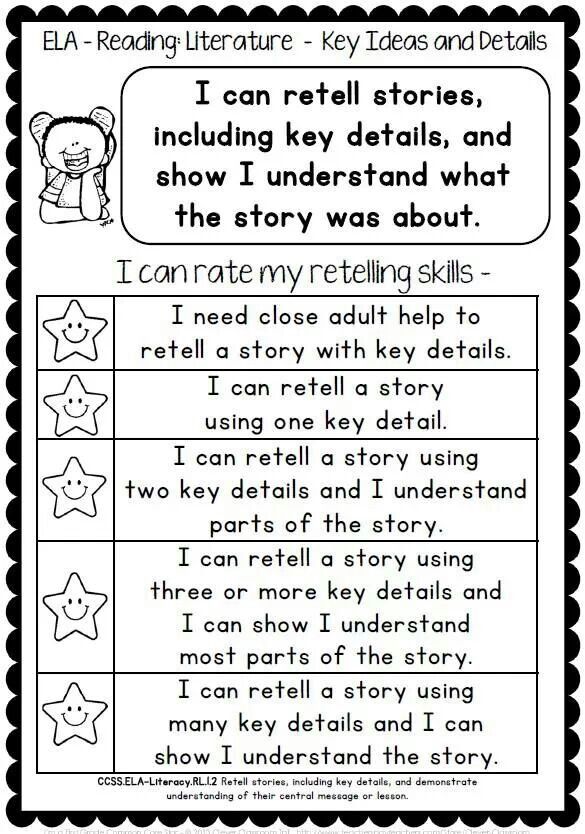 Additional communications
Additional communications
4. Punctuation marks
Learning reading . Rereading text
3. Work with the text after reading.
Work in groups: 1 group, using keywords, makes up a story about a compound sentence; Group 2, based on the plan for syntactic analysis of a simple sentence, draws up a plan for characterizing a complex sentence.
General job:
Fig.1. Mind map "Compound sentence" of a 9th grade student Samara D.
7. Conclusion
Semantic reading forms cognitive interest, the ability to compare facts and draw conclusions, activates the imagination, develops speech, thinking, and also teaches how to work with information. The active implementation of semantic reading strategies, technologies by all teachers of various academic disciplines will make our graduates full members of the new information society.
References and references
- Project "Techniques of semantic reading" Auth. Dozmorova E.V., Director of the Center for Innovations in Education, FPC and PC TSPU, Ph.D. - https://www.planeta.tspu.ru/files/file/doc/1464065663.pdf
- Federal State Educational Standard for Primary General Education // http://standart.edu.ru/catalog.aspx?CatalogId=959.
- Variable learning technology / under.
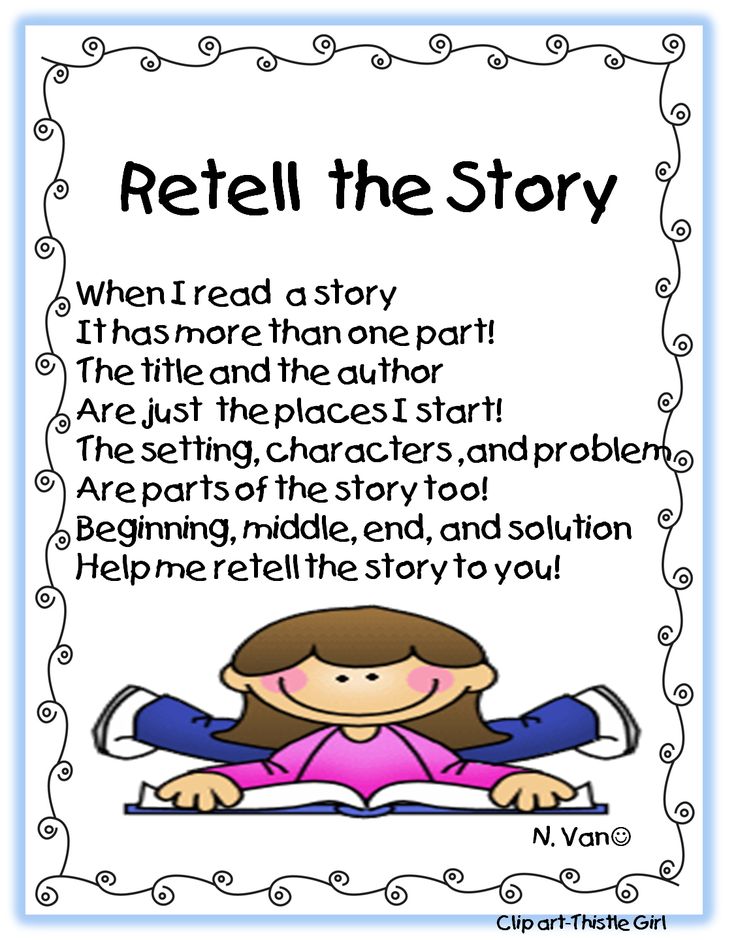 ed. Pikan V.V. / Teaching aid.: UTs Perspektiva, 2008
ed. Pikan V.V. / Teaching aid.: UTs Perspektiva, 2008 - Dozmorova E.V. Development of creative thinking of students in mathematics lessons. Methodological guide for teachers of mathematics - Tomsk 2008.
- Rozhdestvenskaya L., Logvina I. Formation of functional reading skills. A guide for the teacher. – https://slovesnic.ru/attachments/article/303/frrozhdest.pdf
- Fisenko T.I. Development of semantic reading skills when working with various texts in classes in grades 5–11 - https://www.kreativ-didaktika.ru/bailainer-obuchenie/didakticheskii-tramplin/razvitie-navykov-smyslovogo-chtenija.html
- Sapa A.V. Formation of the foundations of semantic reading within the framework of the implementation of the Federal State Educational Standard of basic general education.
"Semantic Reading Strategies" research paper
SLIDE 1
phrases. What is their meaning? They can be read in different ways.
Learning is impossible not to learn!
Execution cannot be pardoned!
- Read the phrases.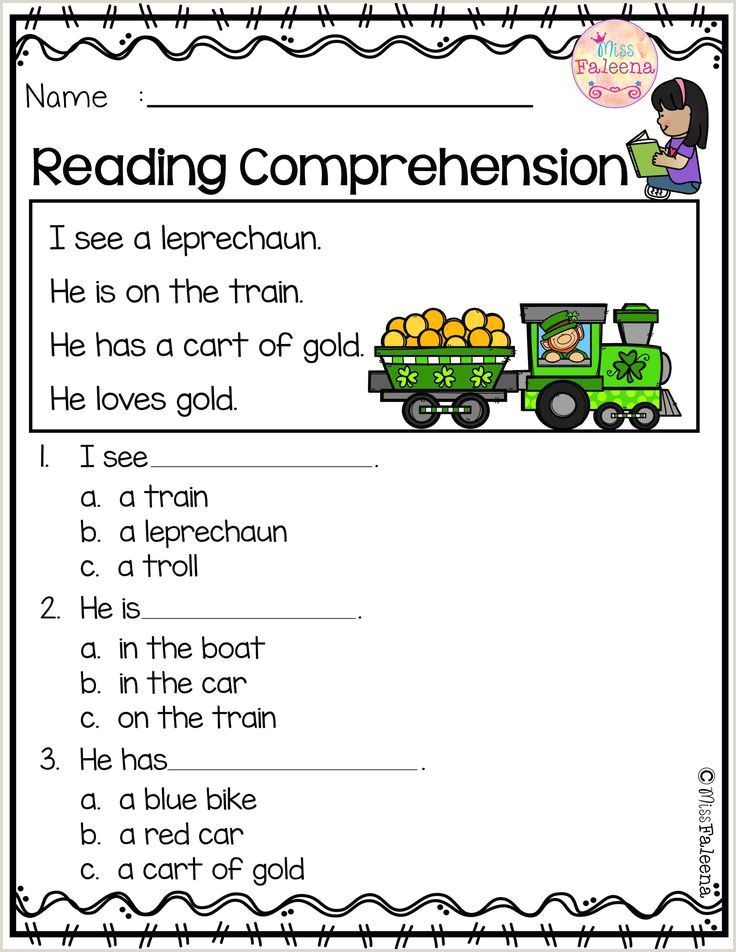
- Why do opinions differ?
- What depends on the punctuation mark?
- Everyone has their own meaning. Everyone will read this phrase in your own way.
There are readers, there are readers. Readers read and carry, as in a briefcase. While inside - the walls are thick, but how did you pull it out - portfolio is empty. Readers absorb and absorb like a sponge. How it was absorbed - the weight has increased, but how it is squeezed out - it is required to fill. Reading from reading is excellent. And you say: what to read? Not what, but how. Although that is also important!
SLIDE 2
Pedagogical research topic Semantic reading strategies: step by step.
today there is a decrease in interest in reading. Understanding the role of reading, I see the main mission is to arouse in their students an interest in reading and return to the rank active readers, not only high school students, but also their parents.
I was amazed data of the Federal Press Agency:
1.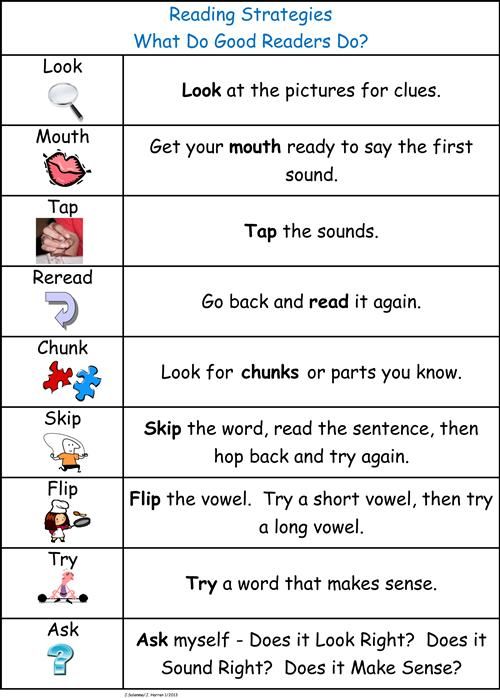 The share of Russians has increased not at all reading or reading from time to time. In 2005 79% of Russian residents read at least one book a year, in 2012 - 63%. And most disturbing, share of systematically reading youth decreased from 48% in 2005 to 28% in 2012.
The share of Russians has increased not at all reading or reading from time to time. In 2005 79% of Russian residents read at least one book a year, in 2012 - 63%. And most disturbing, share of systematically reading youth decreased from 48% in 2005 to 28% in 2012.
2. Family reading lessons have gone into oblivion: in In 1970, 80% of families regularly read to children, today - only 7%.
I see it as a big social risk, because reading is the most important way of mastering vital information, without it it is impossible to develop a personality with the whole complex of spiritual, intellectual and emotional traits.
Therefore significant place I give to work on raising the prestige of reading as a cultural values, intensifying this process.
Teaching children literate semantic reading systematically at all without exceptions in the classroom and in the process of extracurricular activities. Today it is one of targets of GEF IEO.
After all, strong and conscious reading skills are largely promote the acceptance and development of a social role by younger students students, the development of motives for educational activities and the formation of personal the meaning of the teaching.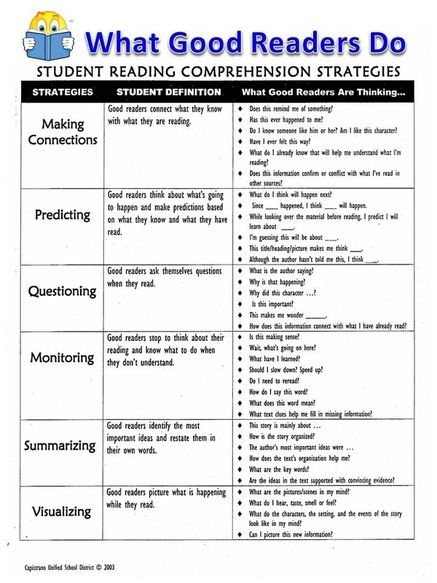
Analysis of the new educational standard led me to the idea of the need to use in my pedagogical practice of innovative methods and techniques that allow you to create conditions for the development of students' cognitive activity on the basis of semantic reading, striving for independence, for self-education and self-realization, which is the main priority of modern education.
Therefore, planning my professional activities, I set myself next target :
SLIDE 3
- creation of conditions for the development and socialization of the individual, in the process of mastering learning spiritual, intellectual and emotional qualities through teaching meaningful reading strategies.
Determined for yourself the solution of the following tasks :
SLIDE 4
1. Spend diagnosing the formation of aspects of semantic reading;
2. implement in the practice of their work, innovative methods and techniques of semantic reading;
3.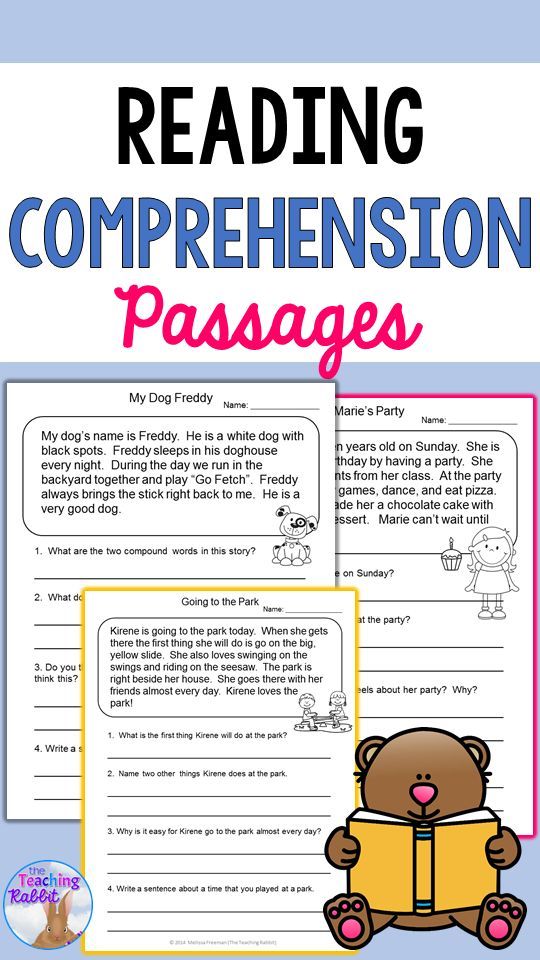 Form author's bank of methods and techniques for teaching semantic reading strategies.
Form author's bank of methods and techniques for teaching semantic reading strategies.
4. Create a model for the phased implementation of semantic reading strategies "Step by step".
SLIDE 5
Hypothesis: if students master the strategies of semantic reading, then their level meta-subject training will increase, and educationally important qualities are improved.
Analyzing the process semantic reading, I used the experience gained in research various types of activities based on the concept of activity system genesis (V.D. Shadrikov, A.V. Karpov, N.V. Nizhegorodtseva, etc.).
Special interest I was provoked by the ideas of Zinaida Ivanovna Klychnikova. According to her, the process of reading does not end only with the understanding of the text, but continues with the acceptance from the outside reading some decision leading to the improvement of his personality.
According to Federal Educational Standard of Primary General Education (Chapter 1 p.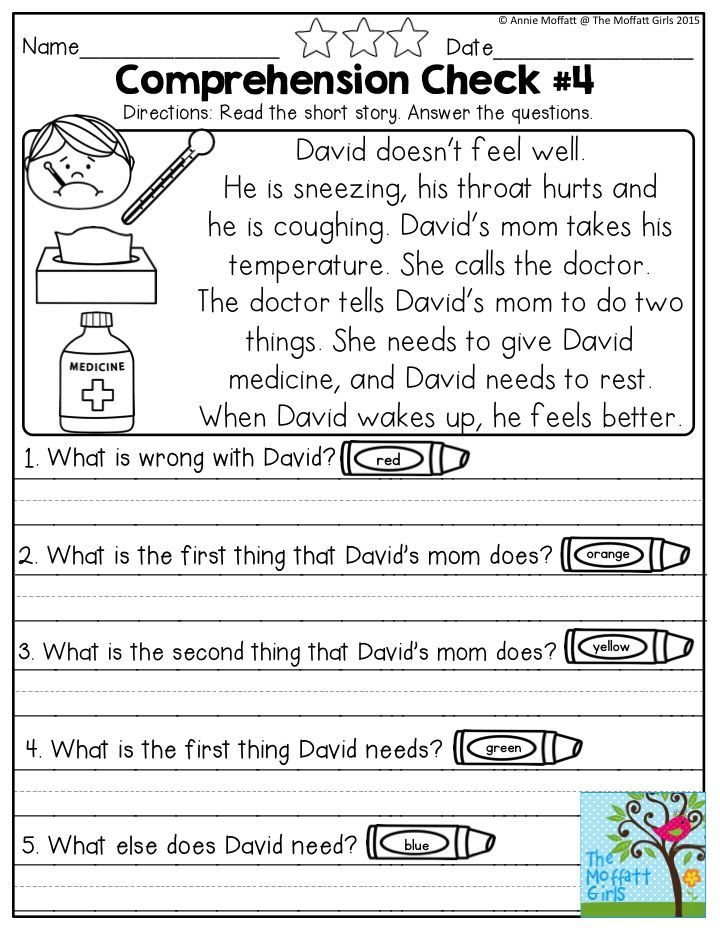 8) one of the main results of education is the formation of UUD. Semantic reading is a factor in the formation of UUD, because. programs for various subjects are based on the ability to process information, and one of meta-subject results of mastering the OOP, LEO becomes the ability to work with various sources of information.
8) one of the main results of education is the formation of UUD. Semantic reading is a factor in the formation of UUD, because. programs for various subjects are based on the ability to process information, and one of meta-subject results of mastering the OOP, LEO becomes the ability to work with various sources of information.
As a result theoretical analysis of literature, methodological materials, normative documents, I highlighted educational and important qualities that ensure readiness elementary school students to learning semantic reading.
SLIDE 6 HS?
Component the composition of semantic reading is presented in the table:
| No. p/n | Functional semantic reading unit | Educational and important quality (UWC) | Method study UVK |
| 1 | B personal-motivational highlighted | - school motivation
- interest in reading | - "Definition motives of teaching” M. - "Attitude towards reading" ??? |
| 2 | Representation on the content of activities and methods of its implementation is presented by such UVK, like … | - speech development
- understanding the meaning of the text (topic, title, questions to the text) | - "Listen and tell" O.N. Usanova, O.F. Potemkin - |
| 3 | B information included | -logical thinking
- arbitrariness attention - arbitrary memory | - "The fourth extra" N.P. Lokalova - "House" N.I. Gutkina - "10 words”, “10 pictures” by A.R. Luria |
First work phase (diagnostic) was directed to carrying out diagnostics of educationally important qualities of the structure of semantic reading.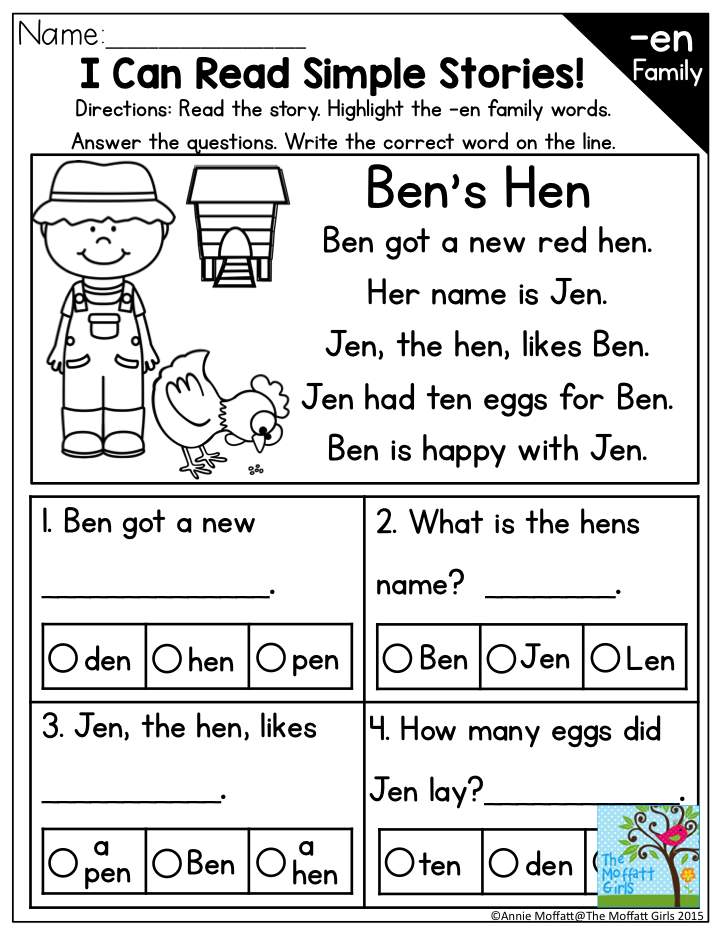 Results diagnostic test :
Results diagnostic test :
B September 2009, with the help of a psychologist, students of grade 2 A underwent the following group diagnostics and individual examinations.
SLIDE 7, 8, 9, 10, 11
Analyzing the results of the diagnostics, I found that positive motivation for school had 95% of the guys. Diagnostics of cognitive processes showed that thinking is quite well developed in 71.5%, attention in 66.5%, better developed auditory memory in 76.8%, visual memory in 71.5% of students. 57% of my children have very low level of speech development. 57% of children still read daily, among of parents 68% read the press, and 11% read fiction, only 23% read to their children, and even fewer (17%) discuss what they have read with their children.
On Based on the analysis, a bank of methods was formed, which helped in the work on identified problem.
While working on the text, I identified 3 main strategies:
SLIDE 12 + + +
1.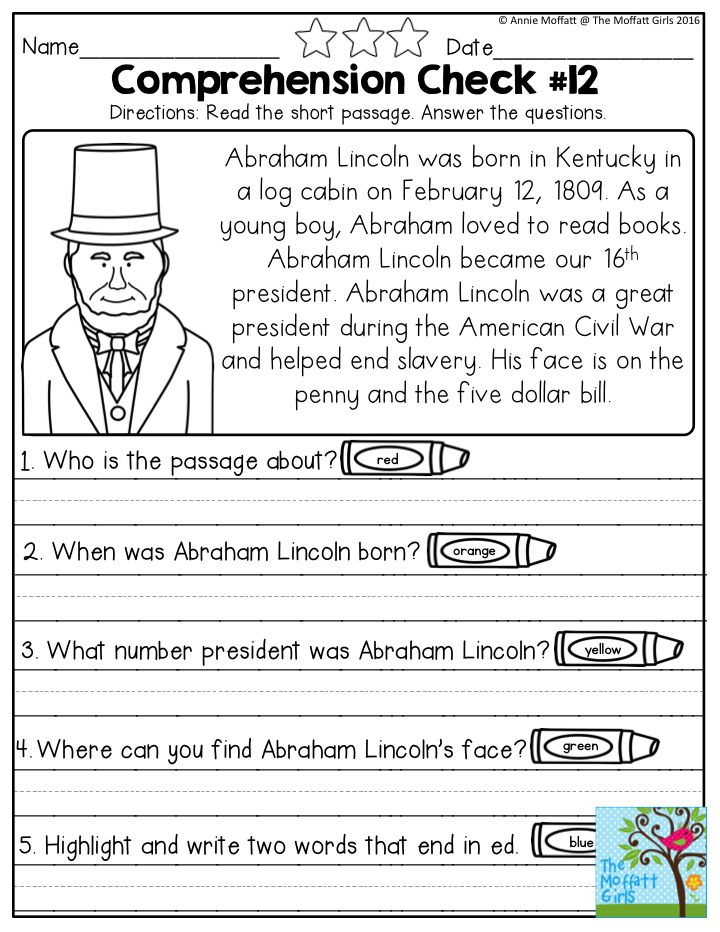 Search information and reading comprehension;
Search information and reading comprehension;
2. Conversion and interpretation of information;
3. Grade information.
| Search information and reading comprehension | Conversion and interpretation of information | Grade information |
| 1. Didactic games 2. Interactive games 3. Forecast content 4. Text with gaps 5. Yes-no 6. Morphological piggy bank 7. Knowledge Wheel 8. Fishbone 9. Creation of verbal paintings, filmstrips, screenplays | 1. Parallel texts 2. I know - I want to know - Learned 3. Mosaic 4. 5. Reader's diary - portfolio 6. 6 thinking hats 7. (role, audience, form, theme) RAFT 8. Reading with notes 9. Plus, minus, interesting 10. Create a portrait
|
1. Interactive games 2. Word associations 3. Decision tree 4. Creative tasks 5. Interview 6. Family Reading Lessons 7. Reader's conferences |
For myself I identified a group of the most effective techniques.
Information search already at stage 1 it becomes more productive with the active use of the technique fishbone ,
+ + + GS (on fish skeleton slide) SLIDE 13, 14
which through key concepts expresses the essence of the problem posed in the lesson. Children act according to the algorithm: I read - I search - I understand, while expressing their understanding through model creation.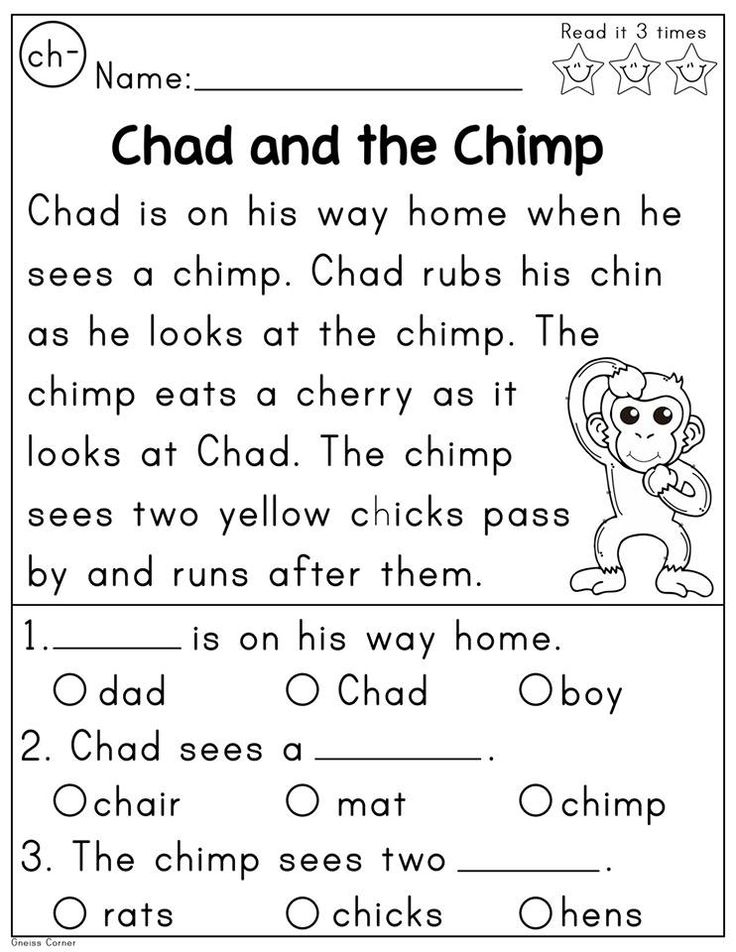 This is the model the children created at the lesson of the world around them. study of the theme "Desert". This technique is rational and in the implementation of all the strategies I outlined and at all stages of learning . ++
This is the model the children created at the lesson of the world around them. study of the theme "Desert". This technique is rational and in the implementation of all the strategies I outlined and at all stages of learning . ++
Using reception "Morphological box " +
students create interactive information piggy banks on various subjects. Today at in our arsenal of piggy banks of geometric shapes, parts of speech, members of a sentence, wintering birds of the city of Raychikhinsk, trees of the Amur region, created in the programs Powerpoint, Word, Paint. The piggy bank created by the children is cross-cutting, they are supplemented, expanded, are corrected.
On at all stages of teaching semantic reading strategies the most relevant were interactive and didactic games. +++++ Exactly they provide positive impact on the development of cognitive interests, attitude towards teaching.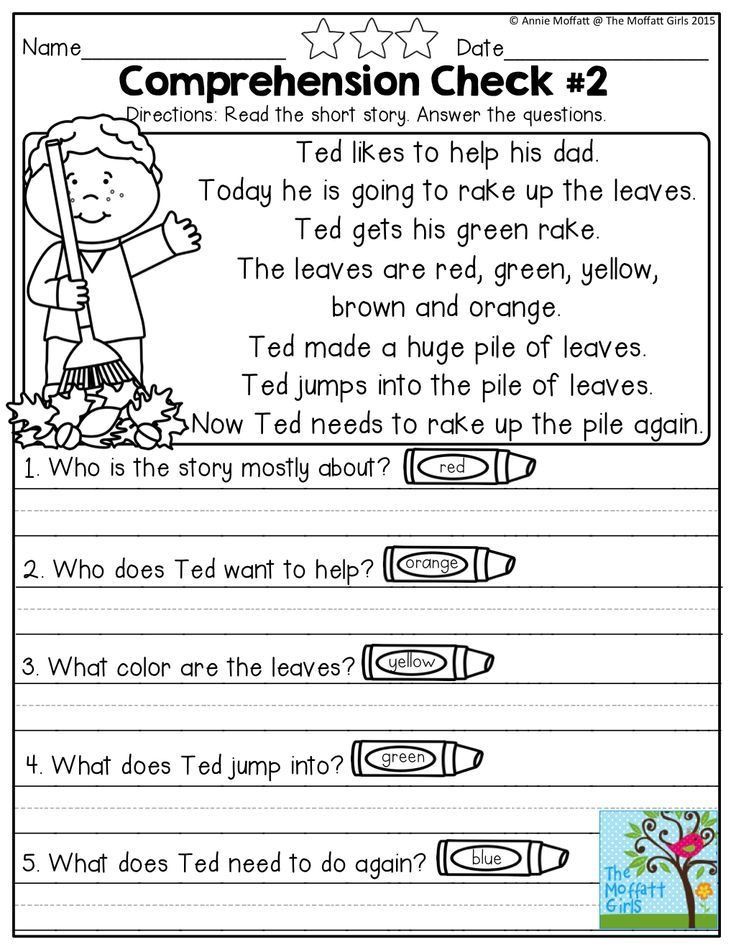 Coloring with folklore motifs such games as "Carousel", “Translator”, “Artist”, I was able to get the support of my initiatives, saw the support of children and together were able to appreciate each other.
Coloring with folklore motifs such games as "Carousel", “Translator”, “Artist”, I was able to get the support of my initiatives, saw the support of children and together were able to appreciate each other.
Teaching reading with purpose transformation and interpretation of information, based on existing knowledge and an experience.
In order for the text to be assimilated and interpret successfully, where analysis is required of not one text, but several, I I use case studies.
Double (triple) diary + GS, home
allowed help children connect the content of the text with their personal experience. From one sides are written fragments of the text that made a special impression, caused the guys some memories, associations with episodes from their own life. On the other hand, they comment: what thoughts did the quote evoke? What kind thoughts come up? I stepped a little further. The guys and I created a triple a diary. The third column - questions to .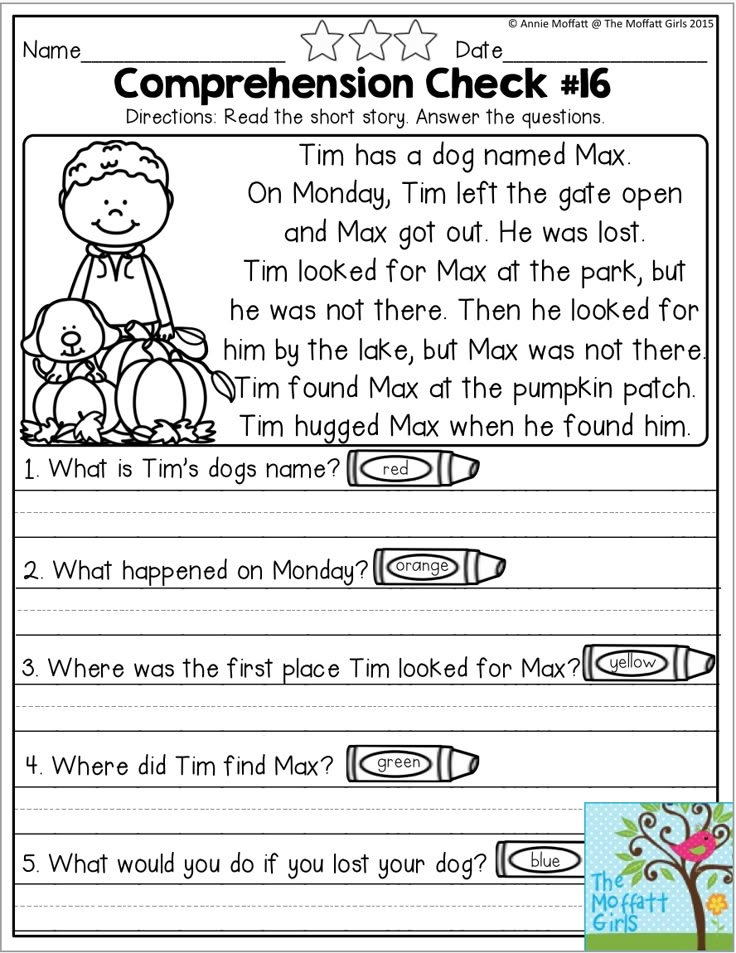 .. the author of the text, teacher, parents, friend friend.
.. the author of the text, teacher, parents, friend friend.
Next step this work was the creation of
"Reader's Diary" . + GS SLIDE 16
In front of you pages from a children's reader's diary. Created by my pupil. The guys write down the last name of the author and the title of the book, as a result it turns out a list of books he read, the names of the main characters, so that if necessary (for example, for storytelling in class), it was easier to remember contents of a book. There are also drawings, extracts of favorite places, experiences, feelings (double diary), the opportunity to ask a question to ... (triple diary)
SLIDE 17
But someone from it was easier for the guys to use the pages of special sites for this purpose and their editors. In their Diaries, my young readers, again resurrect the lines of the read work, give him one more meaning, give him another option for a new life.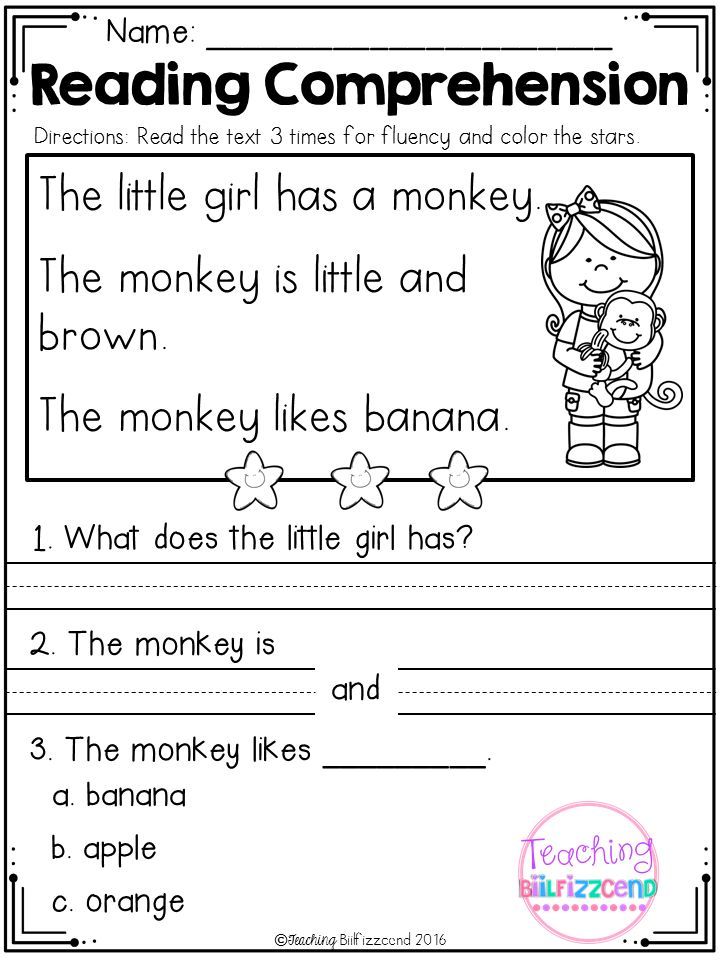
SLIDE 18
move on to the next step - "Reader's portfolio". Reading bag helps work with a book not only in the library, in extracurricular classes activities, but also in all lessons.
SLIDE 19
portfolio "About Me", "My Achievements", children supplement its structure with sections, that distinguish a reader's portfolio from a student's portfolio: "Books that I I like to read”, “Reviews of books read”, “Reader's Dictionary”, “I want everything know", "Behind the pages of textbooks". My young readers come up with their own headings. For example, "Writers - anniversaries", Art cases where children select texts for the same topic (artistic, scientific, written by the guys themselves), pictures for these texts and even music. Some guys use computers for this. programs. Here's what happens. SLIDE 20.
We can easily find out by flipping through the pages students' reading portfolios, which books, which authors, genres, they like read.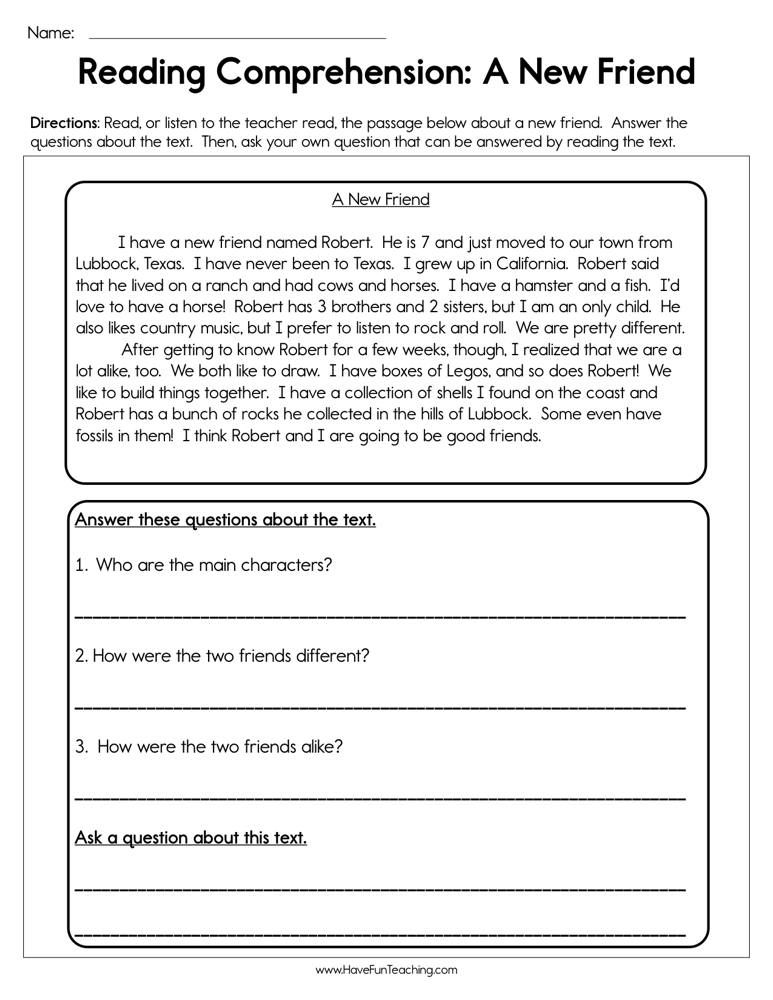
The guys present both the books they have read and their "Reader's portfolios" at class reader conferences . ++
There are usually three of them, but the topics are different: “The wisest book”, The book that taught good”, “The book with which I do not I'm parting."
Speaking of "Reader's Conferences", We have now reached the stage of information evaluation.
Very it’s good if the child reads not only within the walls of the school, but also, when he comes home, he sees reading their parents, relatives. Introducing my students to reading is more successful, if families have a tradition of collective reading aloud, discussions books read. So in our class team the idea of lessons was born family reading. +
Such Lessons take place once a trimester. Thus, children are also involved in reading, and their parents.
++++
This work involves both me and my children in the wonderful world of books, shapes the world reading my wards, liberates them, and at the same time teaches them to formulate thoughts and speak correctly, develops a culture of speech.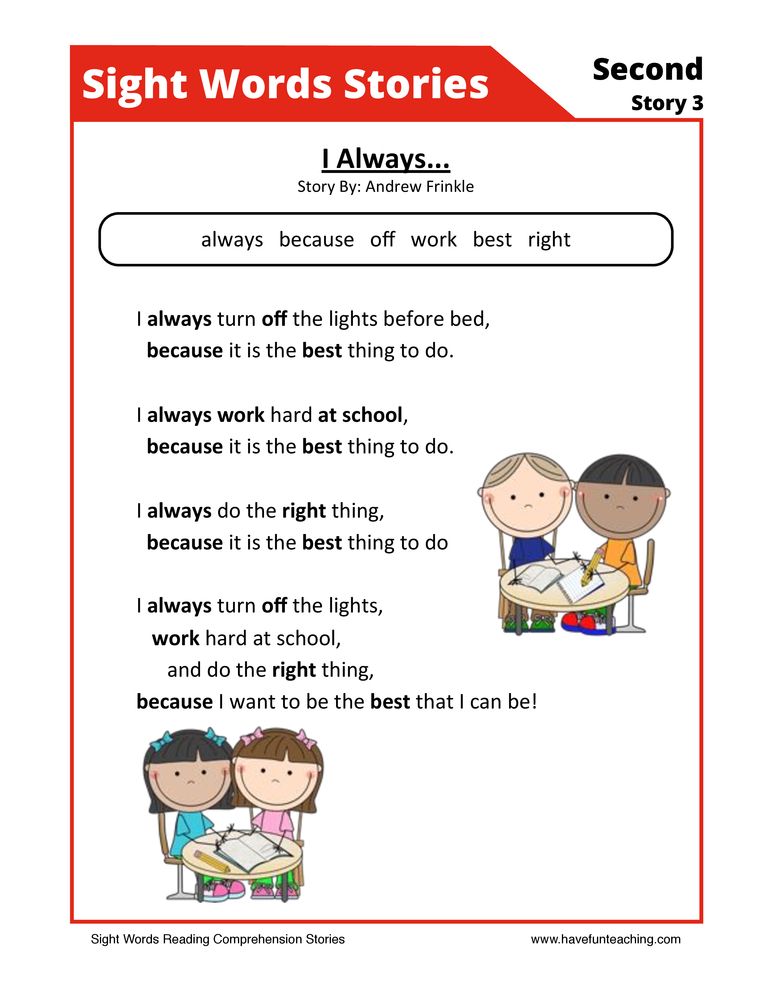
SLIDE 21
B at the end of the 2011 - 2012 academic year among parents and children was held repeated survey Interest in reading. It showed:
86% (57%) of children began to read daily, among parents 24% (68%) read the press, and 48% (11%) - fiction, 61% (23%) read to their children, and they all discuss read with children.
At this stage, I consider it very relevant using creative tasks when working with text . created by me a whole collection of such tasks is in the methodological recommendations:
I want to say a separate line about essays. Essays are written in Russian language and literature lessons. However, they can be applied to any another lesson.
SLIDE 22 Essays-descriptions, essays-stories, essays-fairy tales, essays-riddles.
All tricks and tasks creative nature, which was discussed, help me in my pedagogical practice to significantly improve the quality of lessons, to intensify mental activity students, imagination, stimulates the development of the ability to learn, more fully perceive any work of art, any text.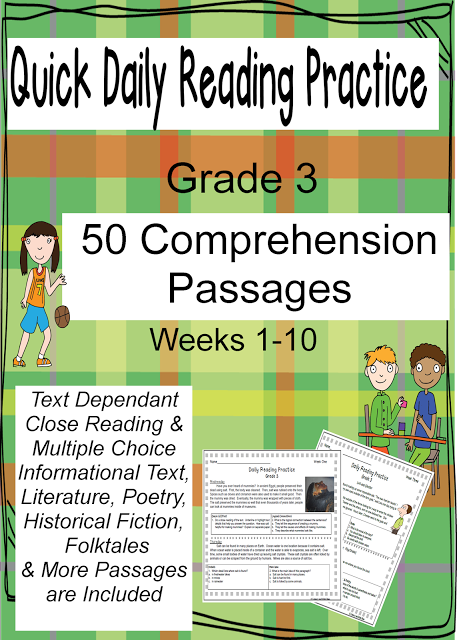
So result of my work, I consider the positive dynamics of the level of training , as well as the fact that that high school students and their parents have an interest in reading in general.
B at the end of the 2011-2012 academic year, with the help of a school psychologist, final diagnosis.
Conclusions: SLIDE 23
1. The diagnostics of the formation of aspects of semantic reading showed that what
· there is a positive growth trend the level of school motivation, it increased by 5%; SLIDE 24
show positive growth results of the development of cognitive processes: SLIDE 25, 26, 27, thinking - by 14%, attention - by 11%, memory - by 12%, diagnostics of speech development - by 47%.
level of education for the period from 2009 to 2012 increased by 7%. SLIDE 28
Working on By creating the "Reader's Portfolio" my students got their first experience research activities.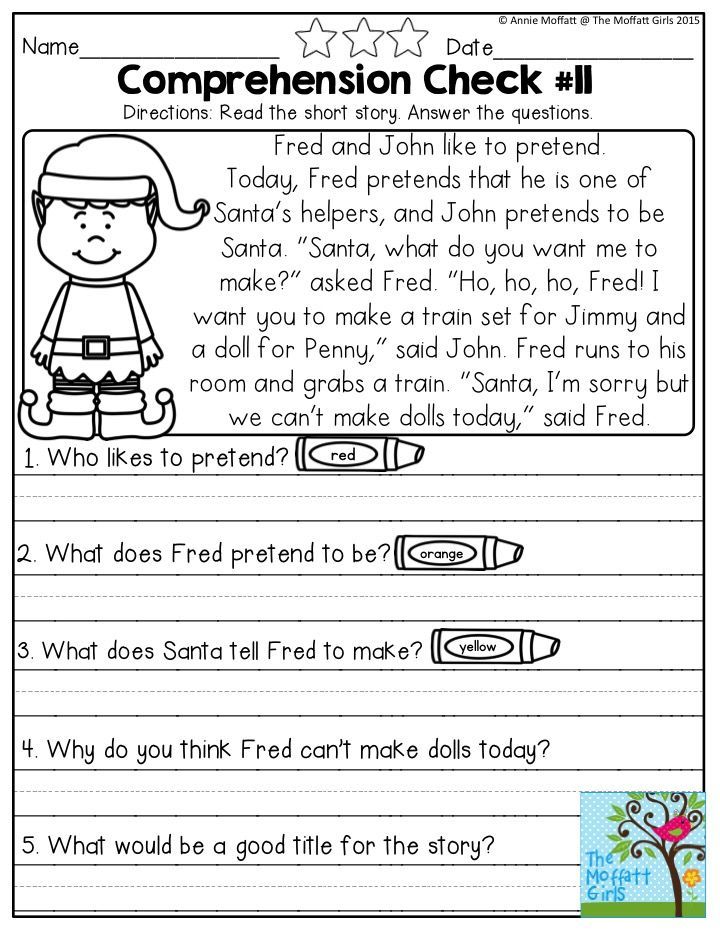 This allowed them to take part in academic readings. SLIDE 29
This allowed them to take part in academic readings. SLIDE 29
6 of my guys became winners and winners of the gymnasium stage of the Olympiads, and 3 people were winners and prize-winners municipal stage. We have become active participants in All-Russian competitions:
- "Russian bear cub - linguistics for all"
- Youth mathematical championship
- Youth philological championship
- team tournament "Znayki" and others.
a bank of methods and techniques for teaching semantic strategies was formed and tested reading, methodological recommendations for primary school teachers are given.
4. Created a model for the phased implementation of semantic reading strategies "Step by step".
All materials were presented to the team on the pedagogical council and posted on my personal website. STOP!!!
A student came to his mentor said: “Master! I'll stop reading books." "What is it?" the mentor asked.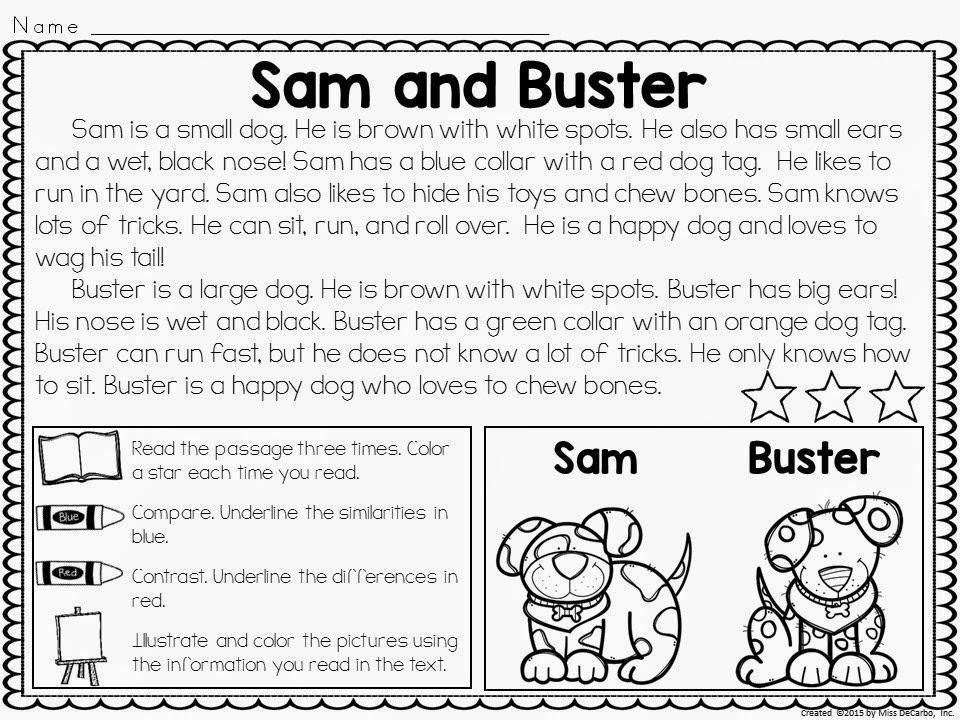 "Yes I don’t understand what is written,” answered the monk. “Child,” the elder said to him then, sheep, when they find juicy grass, grab it greedily and swallow it, not chewing, trying only to grab as much as possible, then, having already eaten, chew it up. So you, as long as you have time and opportunity, as much as possible, read books without laziness, and the dark will be light for you. Through reading understand the incomprehensible.
"Yes I don’t understand what is written,” answered the monk. “Child,” the elder said to him then, sheep, when they find juicy grass, grab it greedily and swallow it, not chewing, trying only to grab as much as possible, then, having already eaten, chew it up. So you, as long as you have time and opportunity, as much as possible, read books without laziness, and the dark will be light for you. Through reading understand the incomprehensible.
And for my children unknown pages of books became light.
888 recommendations
Comprehension exercises the meaning of the text.
Work with text: search information and reading comprehension
1. Vocabulary work. Reading words and explaining their lexical meaning.
2. Title text.
3. Determination of the topic of the text, main thought.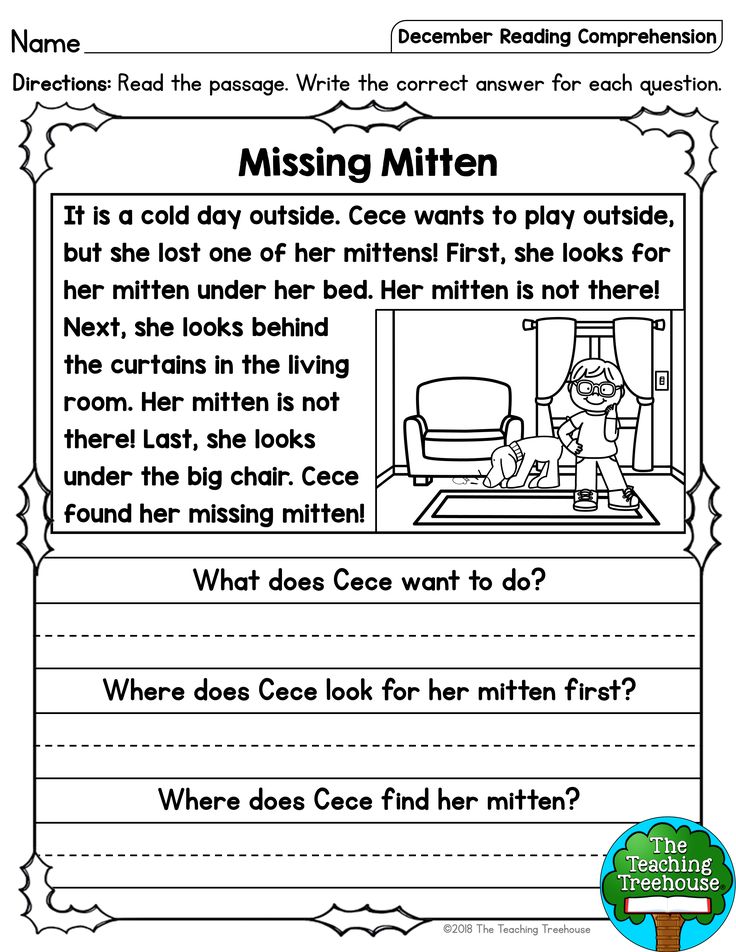
4. Selective reading. Find in description of the hero, nature, etc. in the text
5. Work on teacher issues, textbook or student.
6. Drawing up "thick" and "subtle" questions
7. Keyword selection
8. Yes-no
9. Fishbone
10. Content prediction
11. Brainstorming
12. Didactic games
13. Interactive games
14. Morphological box
15. Knowledge wheel 9008
text: transformation and interpretation of information1. Dividing the text into parts planning.
2. The retelling is detailed and concise.
1. "Missing word". Teacher reads the text and skips one word. Children must insert the correct word within the meaning of.
2. Recovery of logical text sequences. Articles from magazines, newspapers are cut into pieces, mixed and given to the student in an envelope.
3. Text restoration. A small text is written in large letters on a piece of paper, cut into small pieces.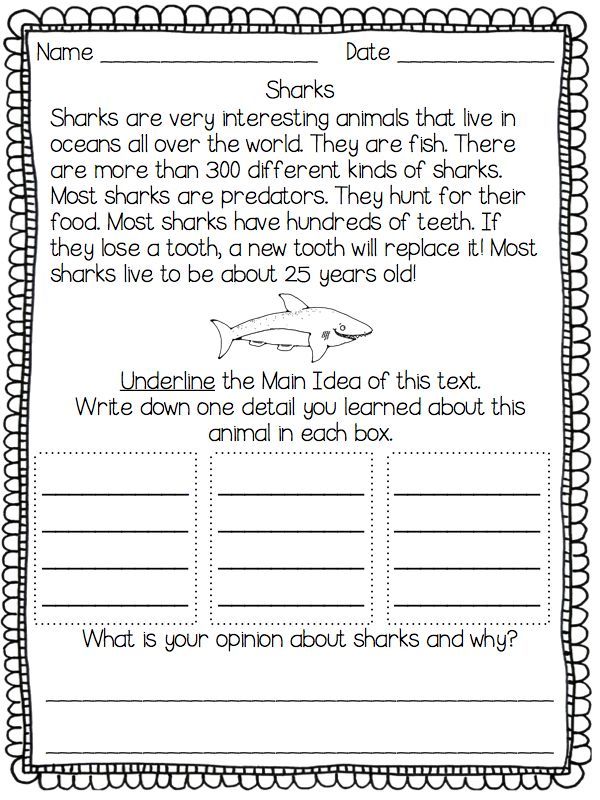 A team of 2-3 people restores the text. The task can complicate if pieces from other texts are put into the envelope or mixed several articles.
A team of 2-3 people restores the text. The task can complicate if pieces from other texts are put into the envelope or mixed several articles.
4. Distribution of offers.
5. Cluster (visual brain assault)
6. Double (triple) diary
7. Reader's diary - portfolio
8. Parallel texts
9. I know - I want to know - I can
10. 6 thinking hats
11. Role, audience, form, theme (RAFT)
12. Reading with notes
13. Plus, minus, interesting
14. Create a portrait
Working with text: evaluation of information
1. Determining the type of text.
2. Drawing up a filmstrip. The text is divided into parts and distributed among the children. The student reads his an excerpt, draw a drawing for it and make a short caption. All drawings fastened together and used for a brief retelling.
3. Phantograms. Various fantasies when working with text:
a) in a familiar text one condition changes (hero, season, scene, etc. ). Students fantasize how the content will change;
). Students fantasize how the content will change;
b) come up with a sequel story;
c) All students are given sheets on which 2-3 phrases are written (the same). This is the beginning of the story. Then everyone continues in their own way. The stories are then read out and determined the best.
4. Compilation of crossword puzzles text.
5. Quizzes one by one a large work or several small ones.
6. Mini essays with a purpose analysis of the character or deed of the hero, essay-description, essay-fairy tale, essays, stories, essays, riddles.
7. Selection of riddles for words from text.
8. Selection of proverbs and proverbs that reveal the theme of the text.
9. Compilation of puzzles to words from the text.
10. Sincwine
11. Interactive games
12. Word associations
13. Decision tree
14. Family reading lessons
15. Reader conferences
Creative assignments when working with text in the classroom.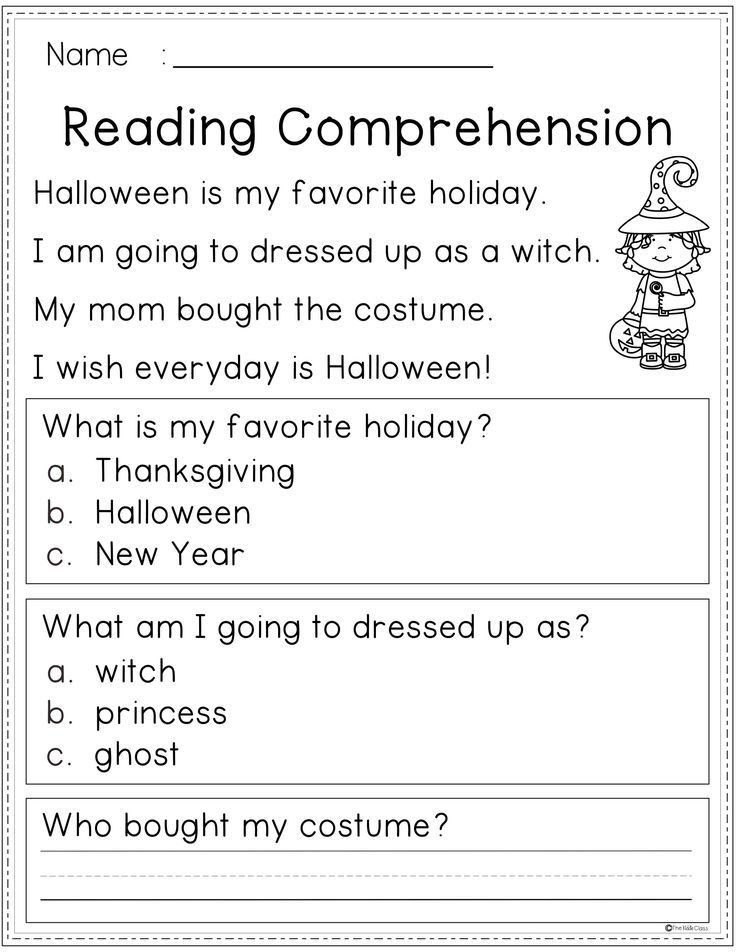
- Work with an illustration to the text.
- Review drawings created by children.
This is the most a difficult but interesting kind of creative work with children's illustrations. I do it's like this:
o each the student, after parsing the text, goes deeper into creating his own illustration;
schoolchildren exchange drawings;
o received the drawing examines it and, rereading the text, tries to find this episode, to to which it refers. Having established to which place the illustration was created, the student signs it with the words of the text;
- matching the content of the illustration with the content of this episode, the student writes a review, which indicates whether or not the given figure corresponds to the text, marks the quality of the work performed. He backs up all his remarks. links to text. The review is signed by the student.
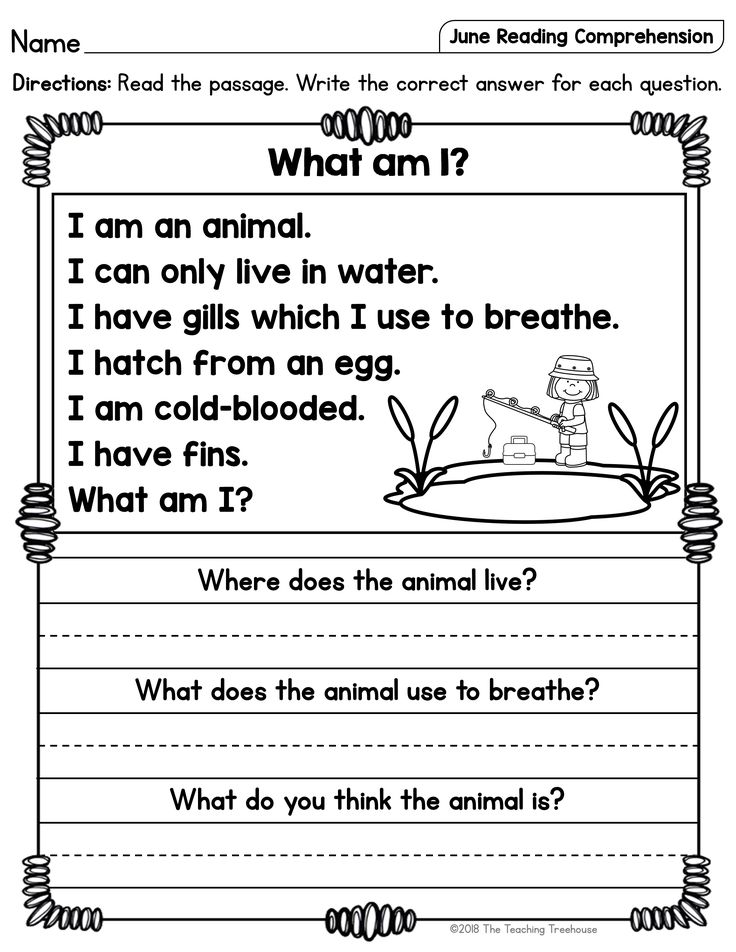
- Modeling and application.
This type of baby creativity is used more often in grades 1 and 2, when children do not perceive are still critical of the results of their images and see more in them than is given. Children can mold a fungus, a bird, a boat, a bunny, a dog, that is, a separate subject of the overall picture, and then combine into a common creative work.
- Homemade books.
One of the most interesting tasks for children - this is work with books - homemade, each of made by children with creativity and imagination. There are books in the form of a Christmas tree, fungus, house, boat, etc. The children made their own books. at home. Each book has its own title, which was represented and defended by the author on book competition in the classroom.
In these books - homemade children record works only of their own composition. it the first steps in their work, although not always successful, but most of the guys are drawn to such work, trying to prove themselves.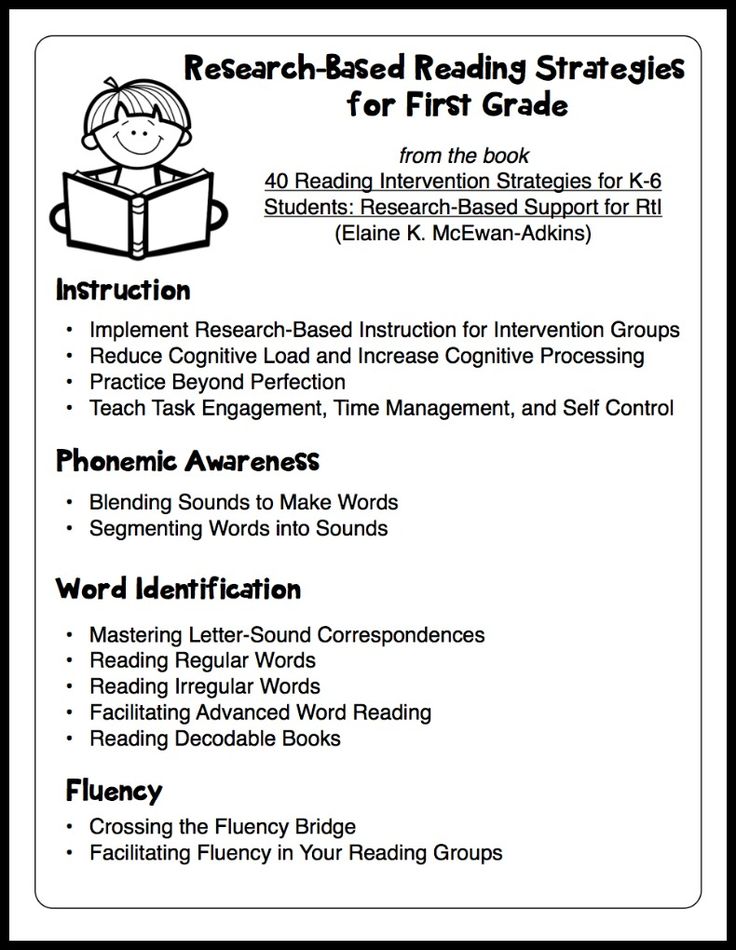
- Drafting questions and tests on this text.
From 1st class, I teach children not only to correctly answer the questions asked by the teacher, but and ask questions about the text. This work develops the ability to distinguish the main thing, both in general and in the specific case, is to compose interrogative sentences that require detailed or specific answers (yes, no).
Children are also very I like to make a test based on the read work, where you need to choose from 3 of the given answers one is correct. It is with great pleasure that we offer our questions and tests at the lessons of literary reading.
Creative retelling.
The goal of creative retelling - to evoke an emotional response in students to what they read work, to help them to understand the idea more deeply, to survive with the hero those feelings that are embedded in the work by the author. For creative retellings are selected works that allow the reader to put himself in position of a literary hero, understand his psychology, look through the eyes of a hero on those people and those events that are described in the work.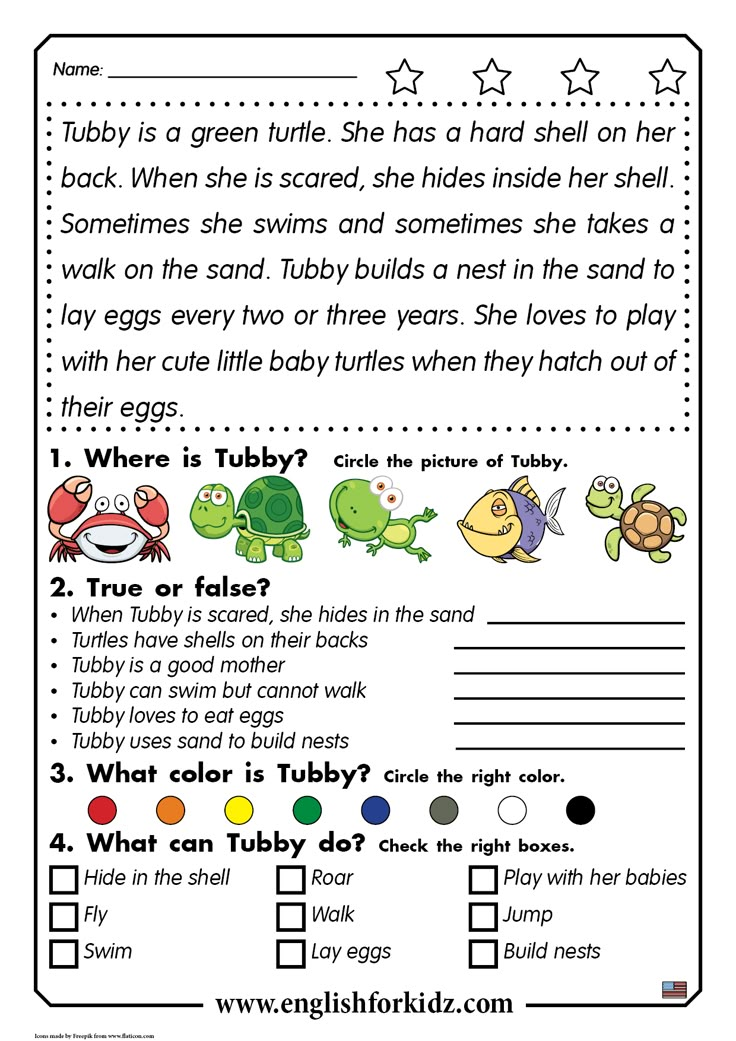 Creative retelling can be carried out with a change in the face of the narrator or a creative addition to the text of the author. Almost always work is required to select material or adding to it, because the narrator is unaware of some facts or, conversely, he will need to talk about experiences that are not described by the author.
Creative retelling can be carried out with a change in the face of the narrator or a creative addition to the text of the author. Almost always work is required to select material or adding to it, because the narrator is unaware of some facts or, conversely, he will need to talk about experiences that are not described by the author.
Such paraphrases require students to work with imagination based on the ideas received during reading and analysis of the work and will help to fully perceive the artistic text, contribute to a deeper understanding of what is read, develops creative abilities of students and bring interest and variety.
- Continued works (inventing the end)
Read work can sometimes serve as an impetus for independent creativity children: they come up with a continuation of the readable work, that is, their end. It can be a story, a fairy tale, or even a poem. Not all the work, of course, can be continued. However, to facilitate the work students take such works that are closer to the students themselves.
However, to facilitate the work students take such works that are closer to the students themselves.
- Creative essay .
For development creative abilities I use writing essays by children. Creative the essay introduces students to reading and analyzing a literary work in a special way. way: they must try to solve a problem that is close to the one solved by writer in his work.
Meaning creative essay as a form of introductory classes:
- attraction students' attention to the topic of the studied literary work;
- mobilization of all knowledge related to the topic;
- exercises in self-construction of an essay.
All this must to exacerbate students' interest in reading and analysis of the work, to increase their observation, to draw their attention to such aspects of the literary works that they had not seen before.
Compositions for children write on separate sheets of paper and, if desired, can illustrate them, giving them an original shape: a leaf, a snowflake, a flower, etc.
All compositions with we read the consent of the authors aloud and discuss. Essays are read in full separate sentences, well-chosen words. The main thing is to celebrate everyone. Children listen with great attention to the compositions of their classmates.
- Word creation.
Very important a means of developing creative abilities is the compilation of fairy tales, stories, myths, fables, poems. Children themselves come up with plots, main characters. The best works are read out and discussed.
From 2nd class trying to write poetry. At first it was rhymes, the continuation of poetic lines. But much more for the guys themselves to be in the role of poets. On lessons literary reading, children are very fond of minutes of poetry, on which they read own poems.
- Review-review.
One type essays that allow you to teach a child to express their own position on relation to the read work, is a review of the book.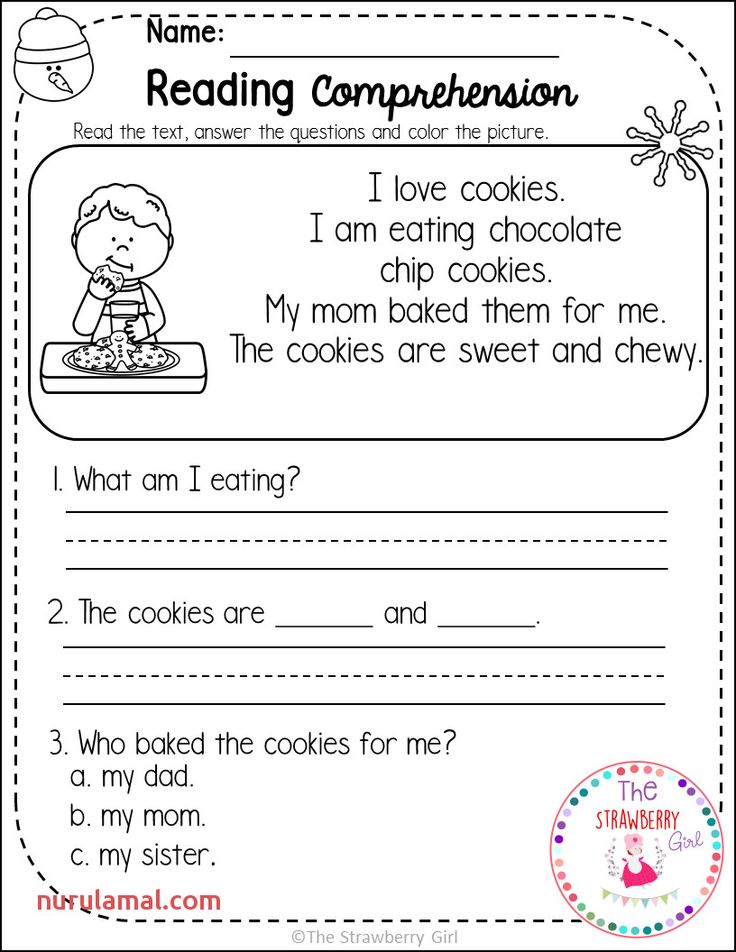 It has a student can not only express an assessment of what they read, but also learn more deeply the meaning works.
It has a student can not only express an assessment of what they read, but also learn more deeply the meaning works.
Structure variant recall:
1. Performance hero and expression of his attitude to the work.
2. Brief presentation of the plot of the work with an emotional assessment of events.
3. Characteristic the hero and the expression of his attitude towards him.
In my practice, I I will organize the feedback letter as follows. In the classroom, a sheet of cardboard is hung out with large envelope at the bottom. On the sheets, students put their feedback, compiled according to a certain plan. Then I check the submitted reviews, their students rewrite, then the leaflets are hung in the reading corner. Reviews are read comrades. After all students have read them, the reviews are added to envelope, new reviews are posted in their place.
Such organization creative work activates extracurricular reading. Children will have to show creative approach to a work of art, to show the direction of their literary interests and the level of artistic taste.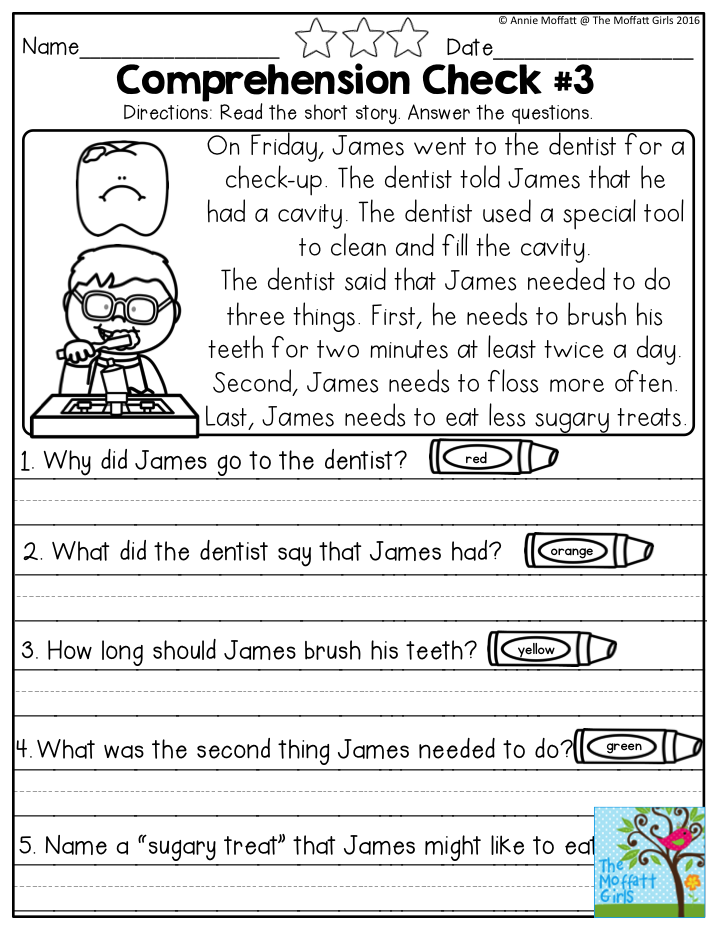
Abstract .
Annotation in a book placed on the back of the title page. From it you can find out what is said in book, as the annotation contains a concise summary of the content. Often abstract written in such a way as to engage the reader.
For writing annotations to the book, I offer the children the following memo.
Reminder
1. Choose the book you like.
2. Do your best to interest future readers of this book.
3. Start annotation in different ways:
This book tells about ...
This story is about ...
The writer ... talks about ...
The main character of this book is ...
Amazing events take place in ...
Do you like to read about ...
Work with crosswords.
- Drafting quizzes.
- Dramatization
Molds dramatizations:
- finger theater;
- puppet theater;
- costume performances based on famous works;
- musical performances;
- performances based on their own scripts.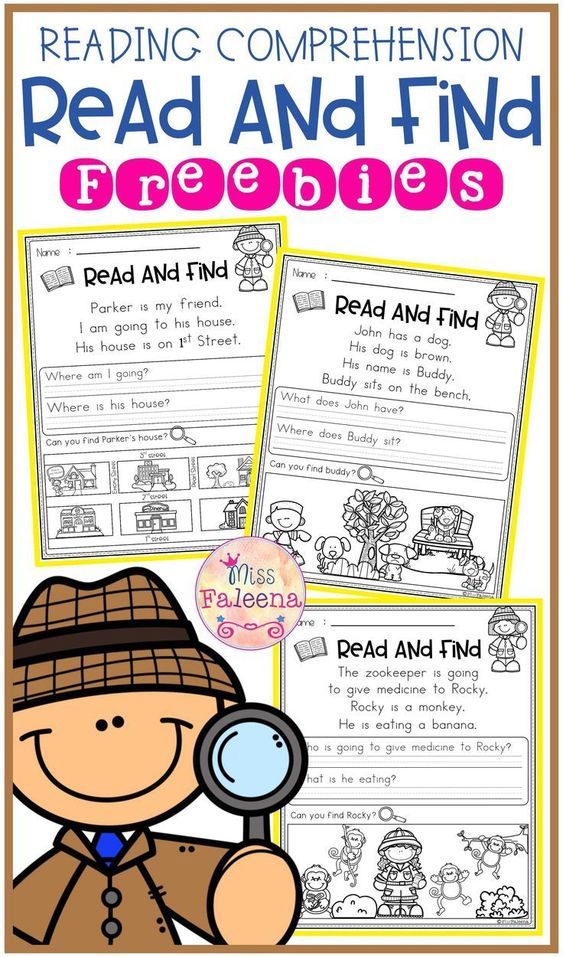
Dramatization is a special form of reincarnation in the depicted image. Therefore, it is necessary occasionally to encourage the usual desire of children to costume when dramatizing.
- Drafting fabulous announcements and telegrams.
There is a component creativity, without which the creation of something new is unthinkable. This is creative imagination. Imagination is the basis of any creativity. Great value in revitalization creative activity have game moments that introduce an element of entertainment into creative process.
One type The game is to compose fabulous ads and telegrams.
Develop creative imagination and literary games that give a more complete perceive works of art in the future.
Simple speech children's creativity is easily manifested in play activities.
Here are some examples of such games that I spend in literary reading classes with my children.
a.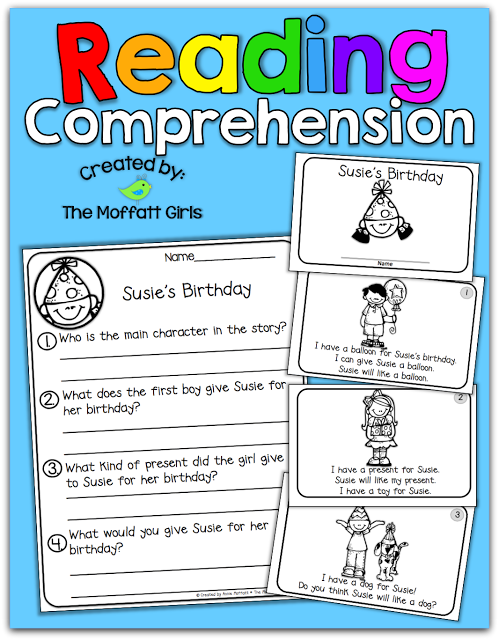 "Tree wisdom!”
"Tree wisdom!”
Fast at first, but read the text carefully. Now everyone writes a note that asks text question. Then complete the note, attach it with a paperclip to the tree. The tree often changes - in turn, everyone approaches the tree, “rips off” the note and answer the question aloud. The rest rate the question and answer. This work can be in pairs, fours, in rows. Before plucking from the tree leaflets-questions, the children read the given text again. At the end are defined the best experts.
- “General poem".
compose poetry can be all together. To do this, everyone should have a piece of paper and a pen. Each conceives the first line of his poem and, at the signal of the teacher, transmits it neighbor on the left. The neighbor must understand and feel what he wanted to say party game, and try to continue the poem. And so on until the sheet with the completed poem will not be returned to the author. The author corrects poem and read it.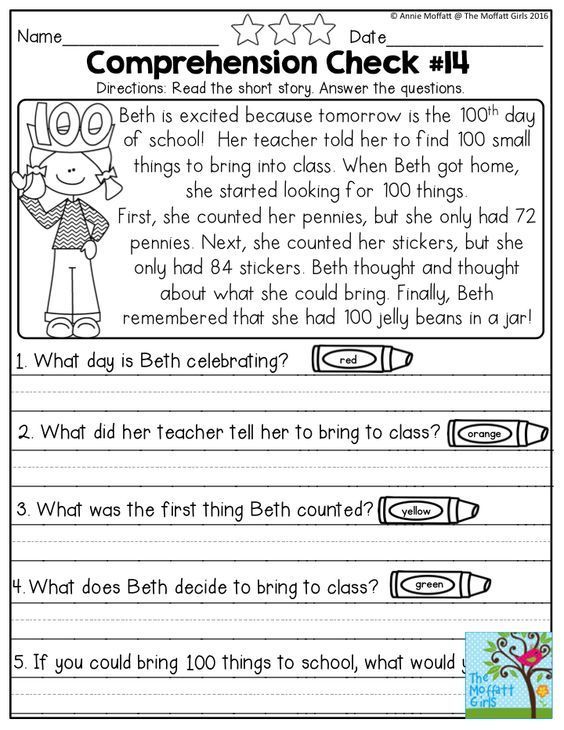 Of course, it is imperfect, but it can become the basis for creating a deeper and more interesting work.
Of course, it is imperfect, but it can become the basis for creating a deeper and more interesting work.
- “ I I’ll start, and you continue…” (test of a poetic pen)
Teacher or the child is offered (pronounced and recorded) the beginning of poetic lines invented by themselves. Students must complete on their own by unfolding further plot started. To complete the game task is given certain time. You can divide all the guys into teams by offering to perform different verses.
After completion works of mini-poetic texts are discussed. It is proposed to carry out the author's protection of your creative work. Children are pleased, fascinated by such work, develops their verbal creativity. It is no coincidence that small masterpieces are born very often.
“Fable in 10 minutes”
The teacher writes some phrase or several, then folds the sheet so that it is not visible written and handed over to the student.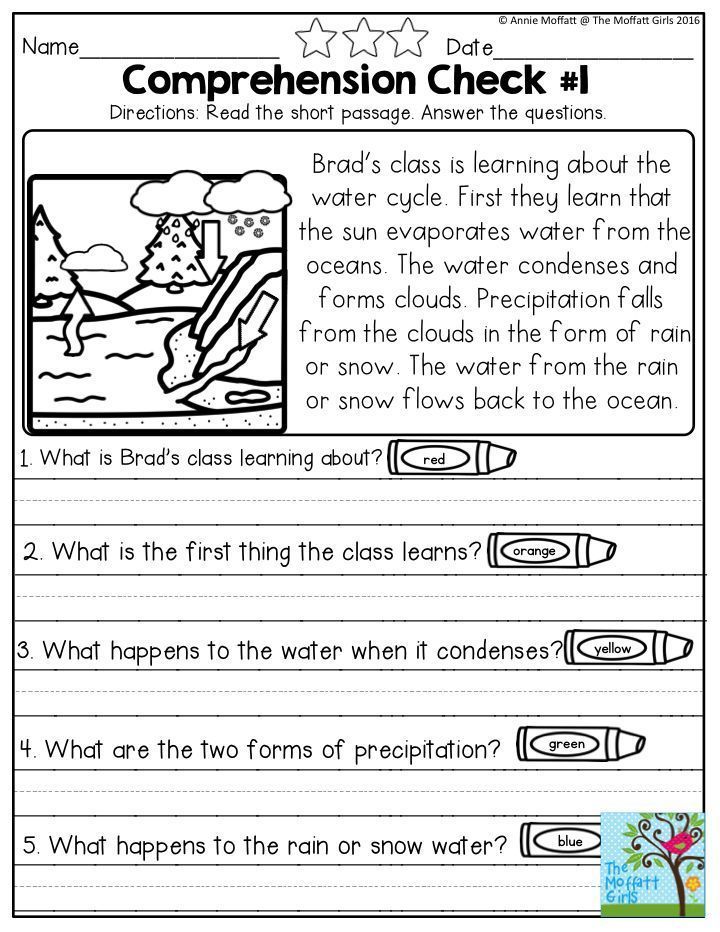 Now on a blank sheet the student writes his phrase. He also folds the sheet and gives it to another. Anything is allowed to be written. whatever, but there is one subtlety that you need to remember: all these phrases must answer (in order) the following questions:
Now on a blank sheet the student writes his phrase. He also folds the sheet and gives it to another. Anything is allowed to be written. whatever, but there is one subtlety that you need to remember: all these phrases must answer (in order) the following questions:
1. Who it was (was)?
2. How looked like?
3. Where went (went)?
4. Whom met?
5. What told him/her?
6. What did he/she answer?
7. What was done to him/her?
8. What is was his/her reaction?
9. How is the whole story over?
10. Output or morality.
When recorded the answer to the last question, the whole sheet unfolds and is read with expression the resulting fiction.
So You can compose both a fairy tale and a story.
- “Digital dictation".
Children themselves compose digital dictations based on the read work and offer them in game to their classmates.
Children write only two digits:
0 - if the statement is false and 1 if it is true.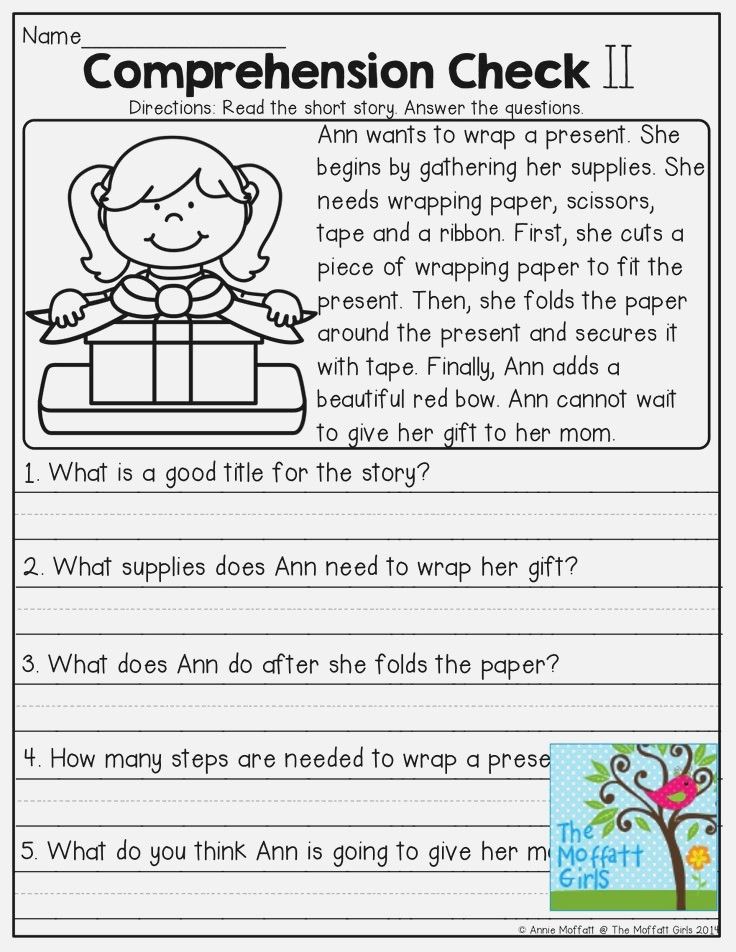

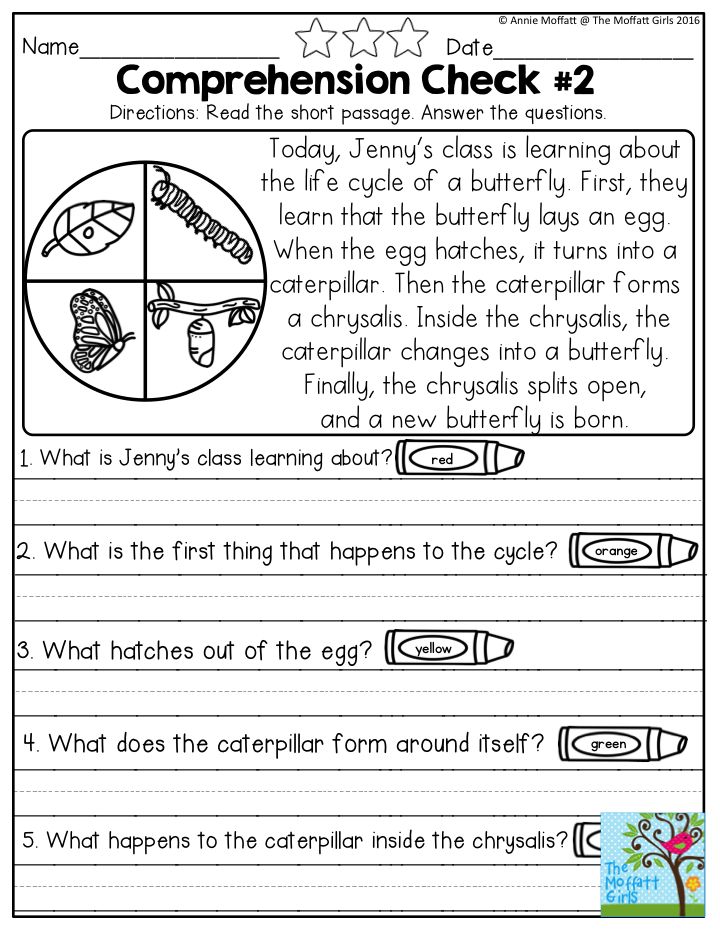 .., Define..., Formulate... . Retell ... List .... Choose the correct answer…. Complete the word…. Show…, Find out...etc.
.., Define..., Formulate... . Retell ... List .... Choose the correct answer…. Complete the word…. Show…, Find out...etc. 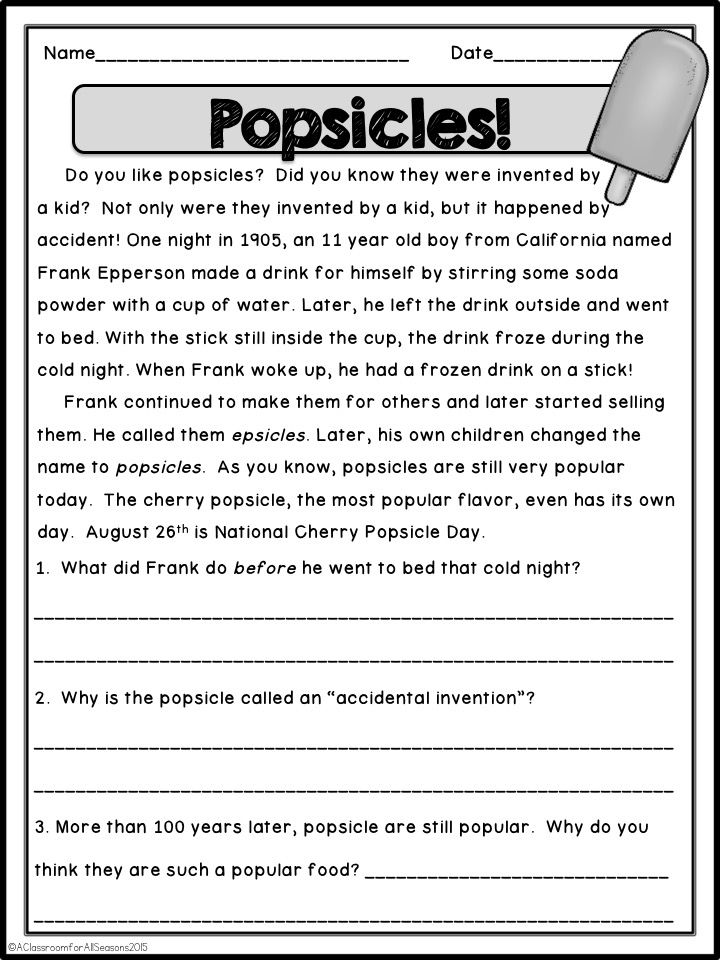
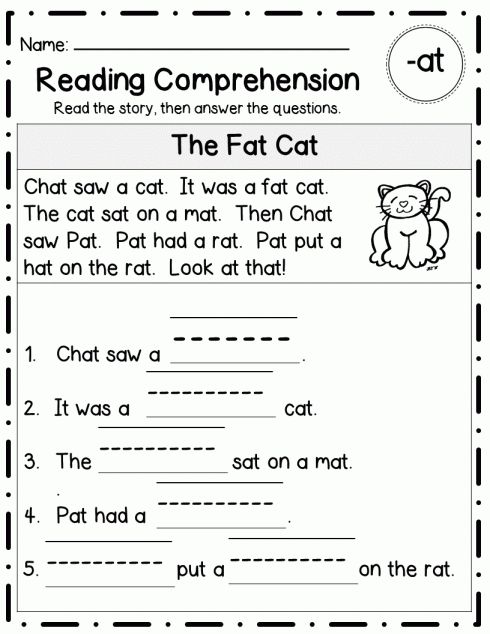 R. Ginzburg
R. Ginzburg 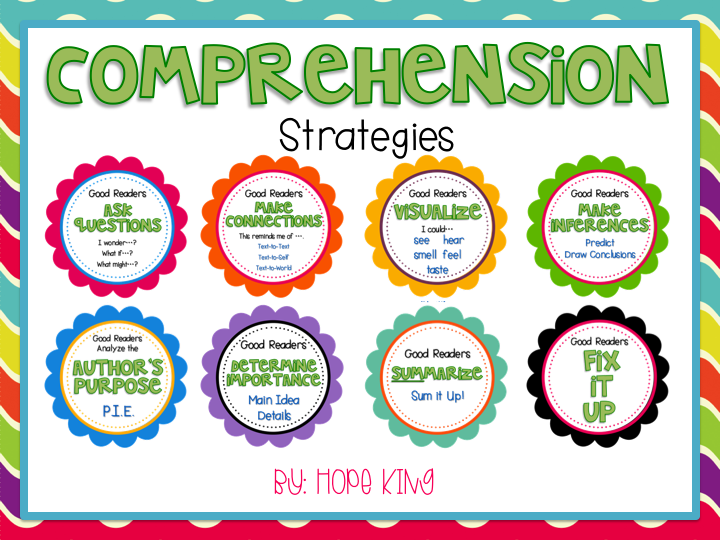 Double (triple) diary
Double (triple) diary 